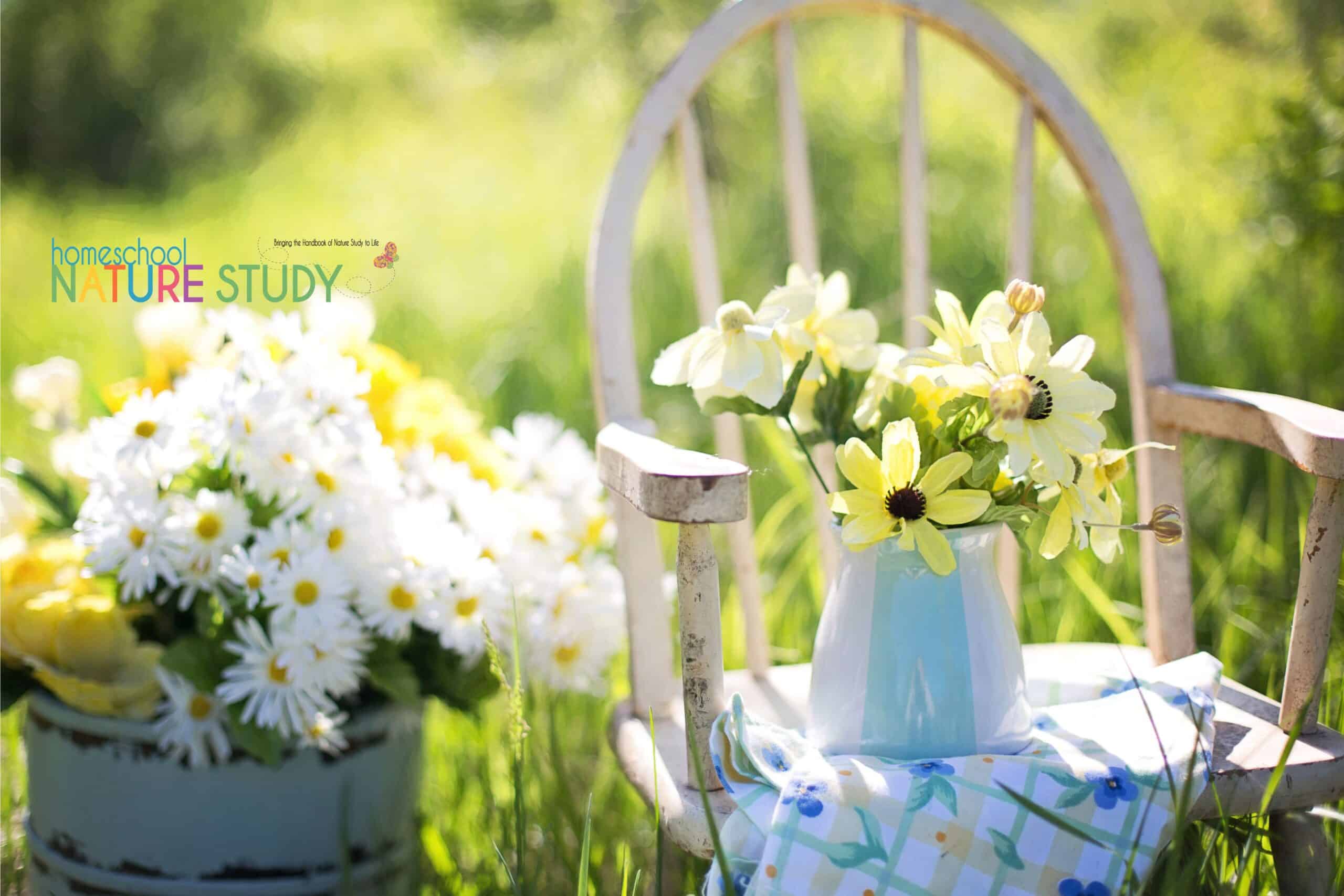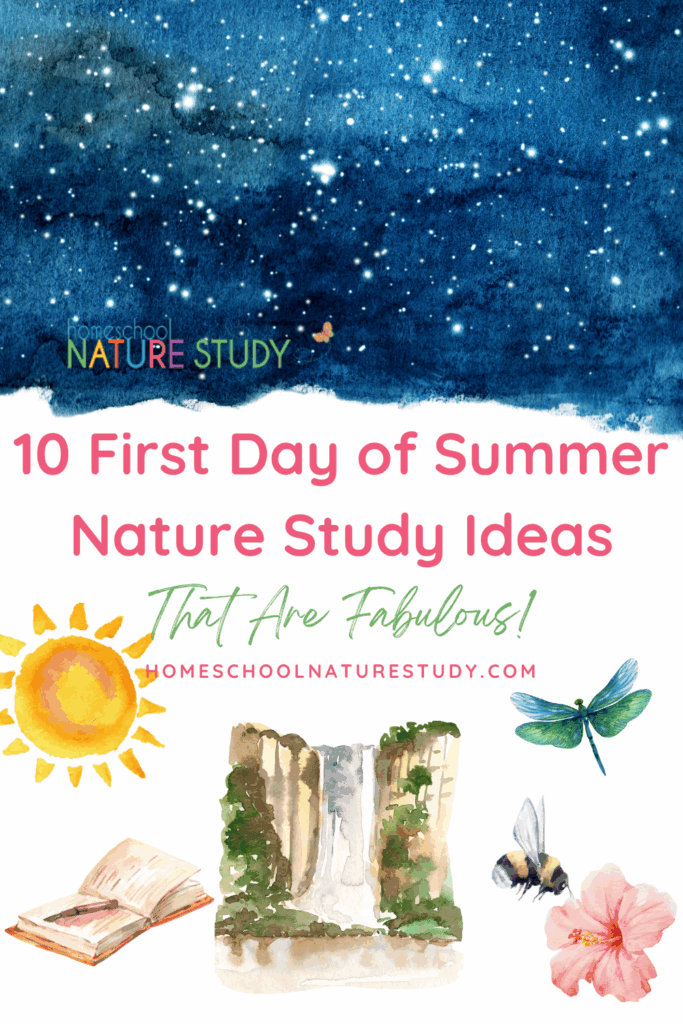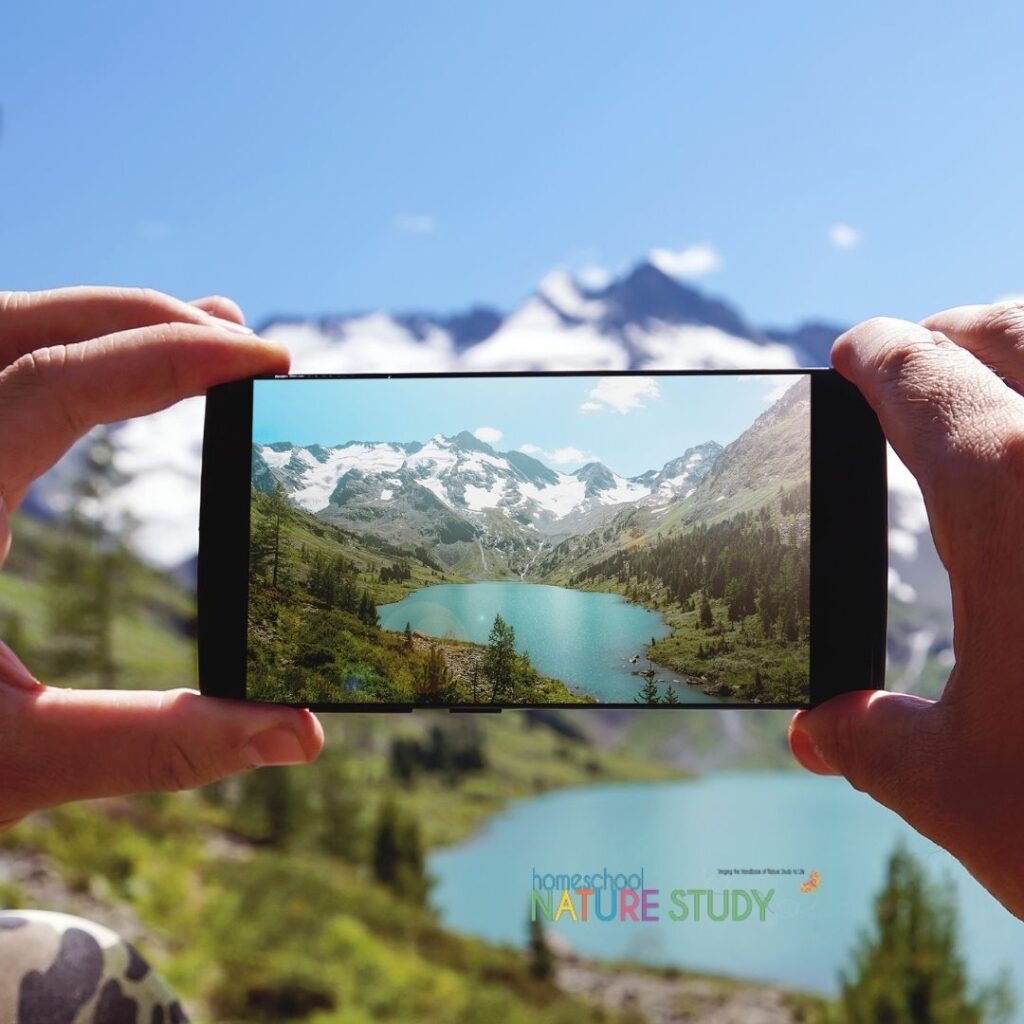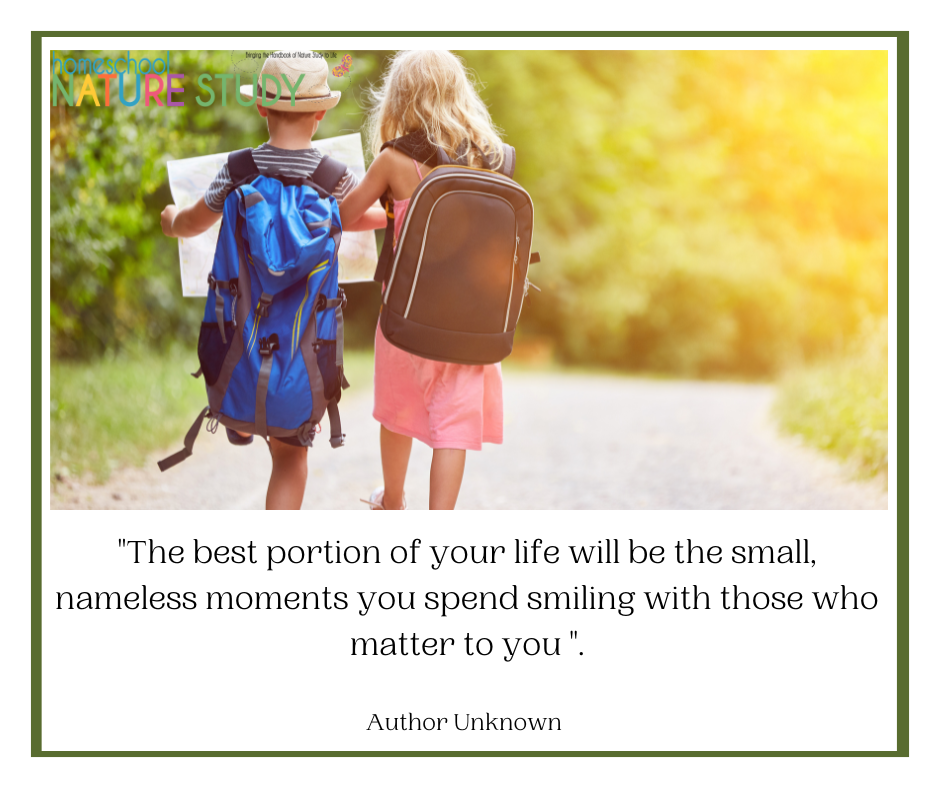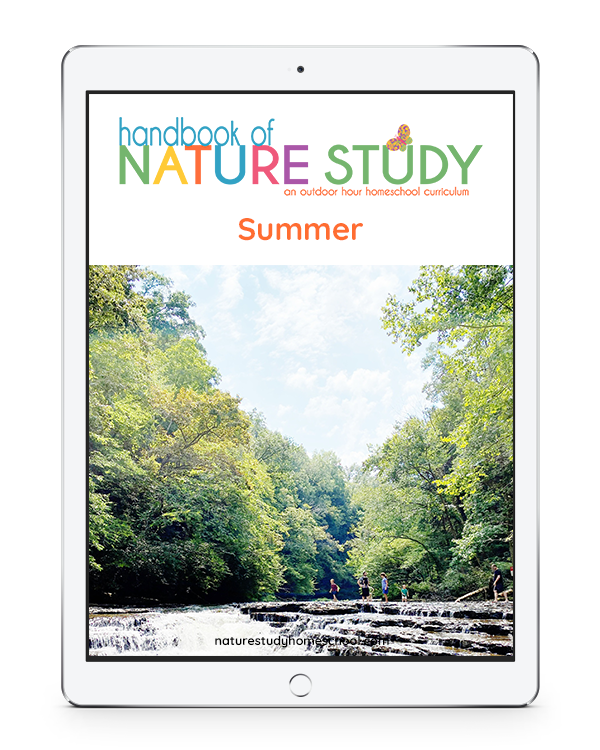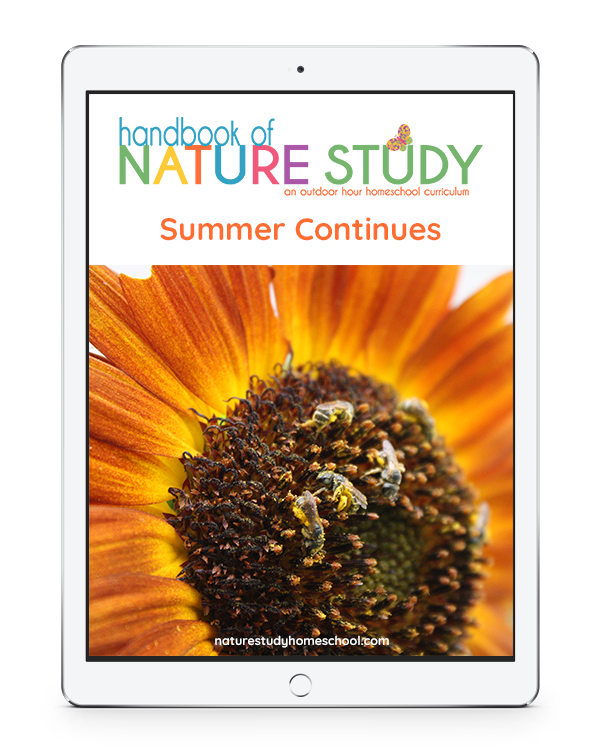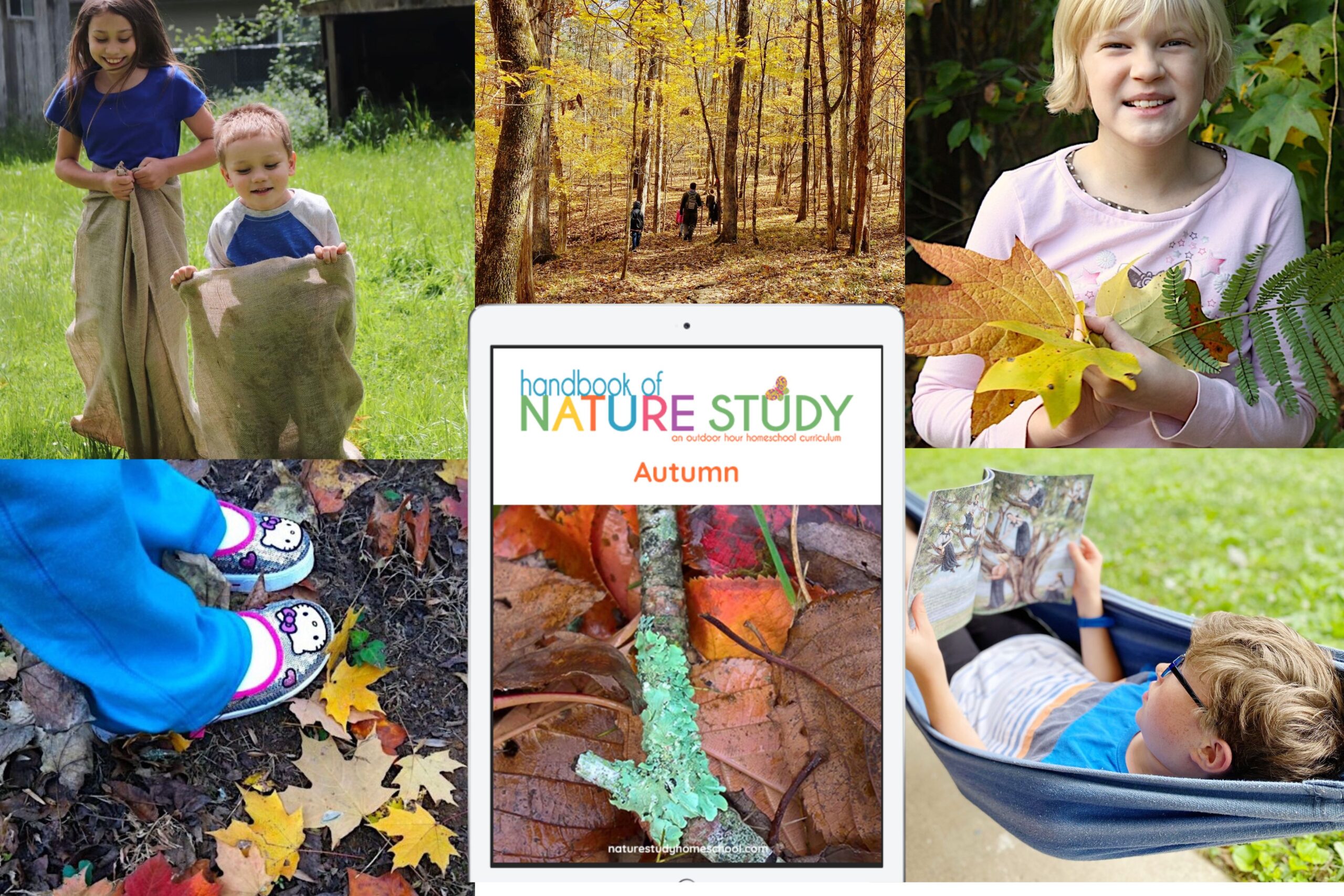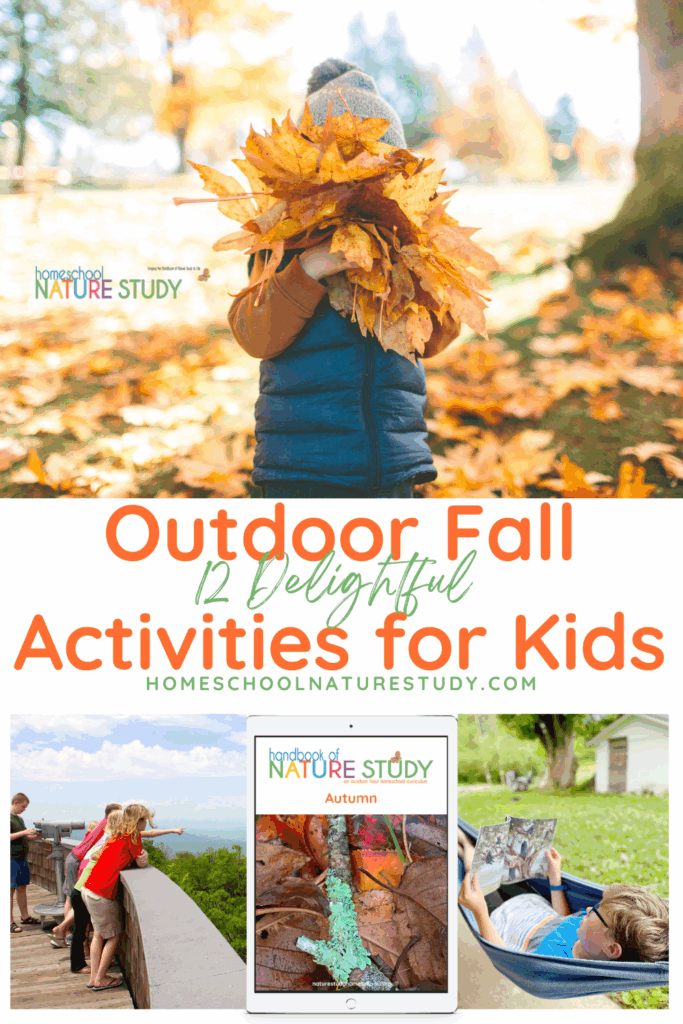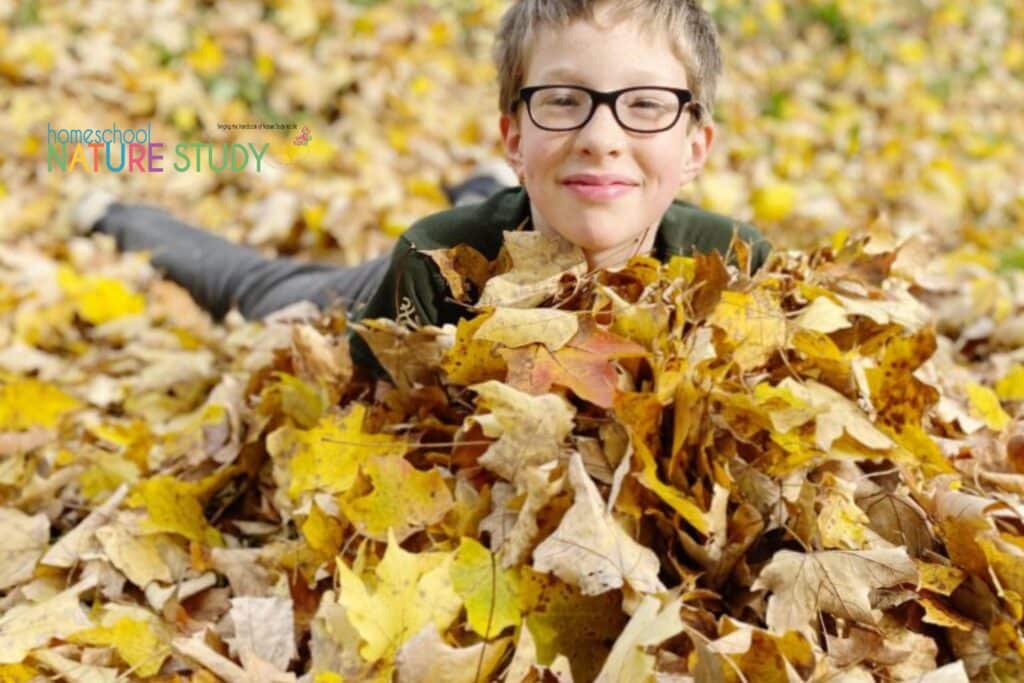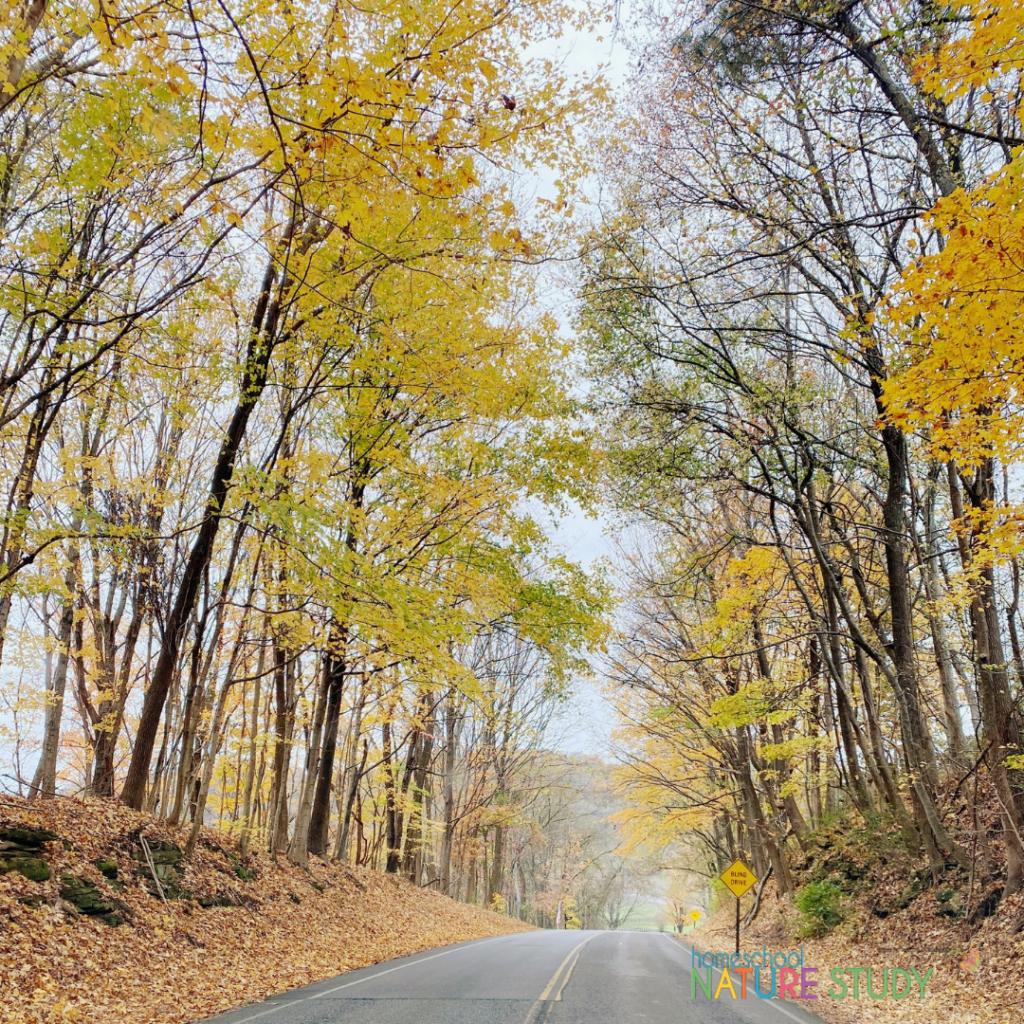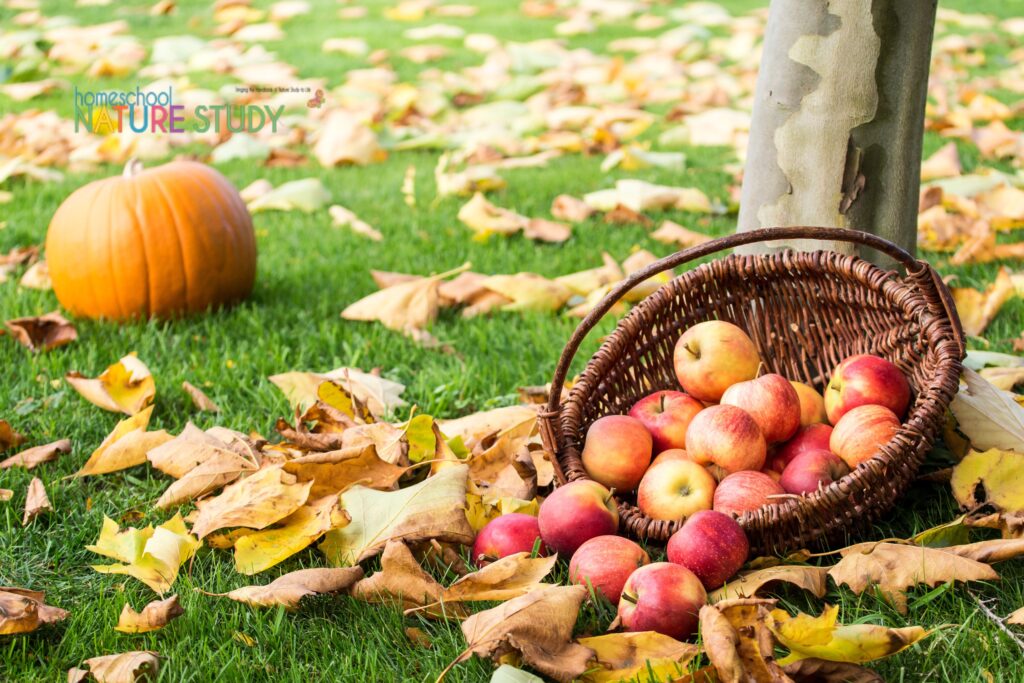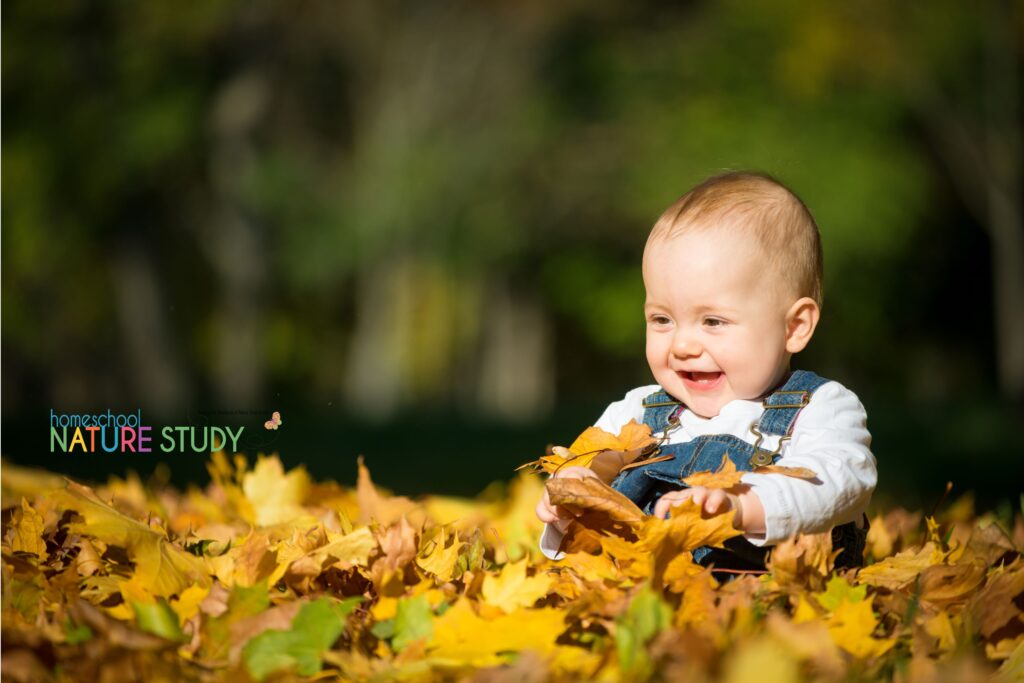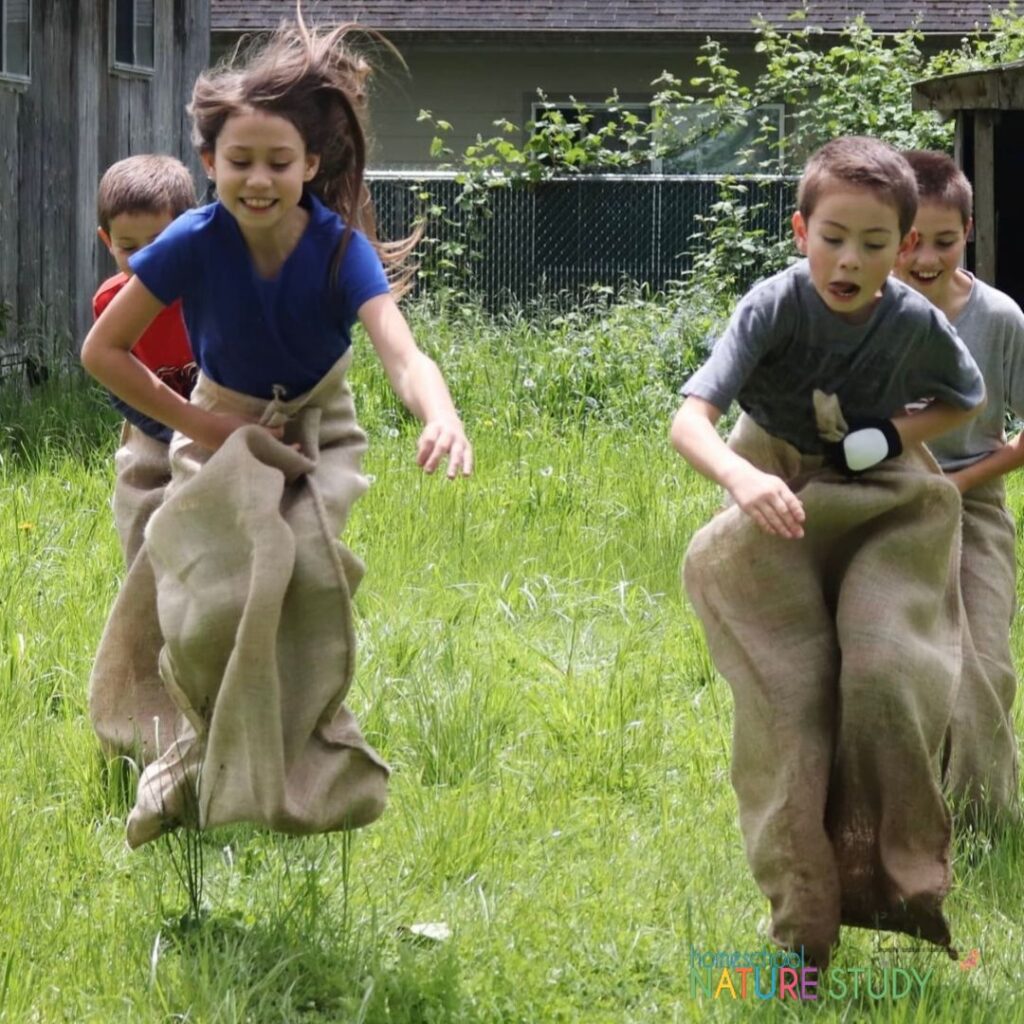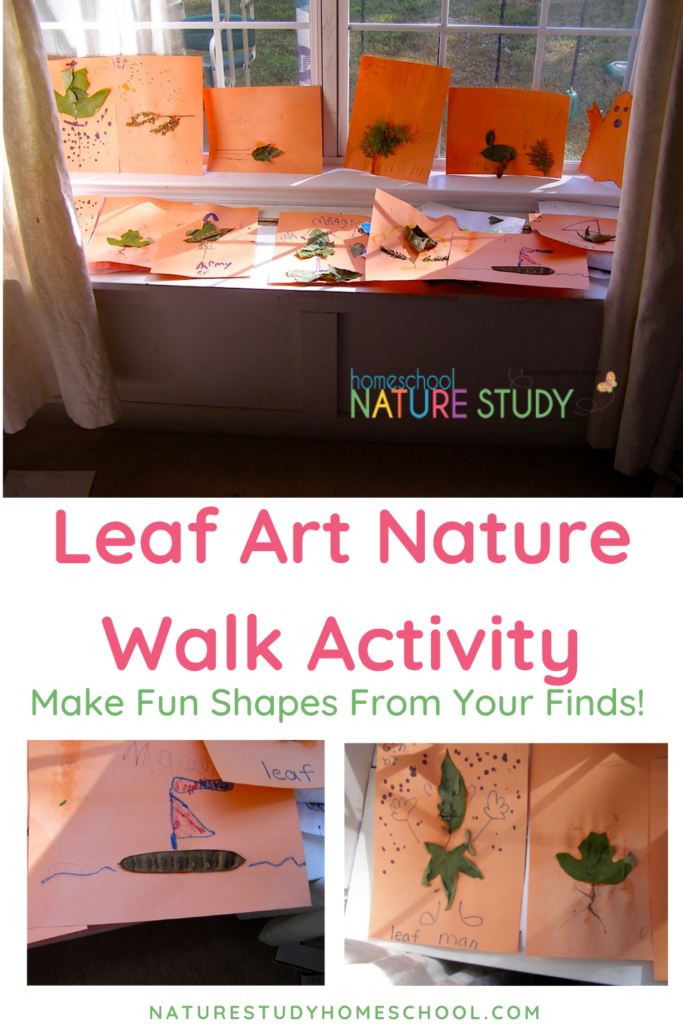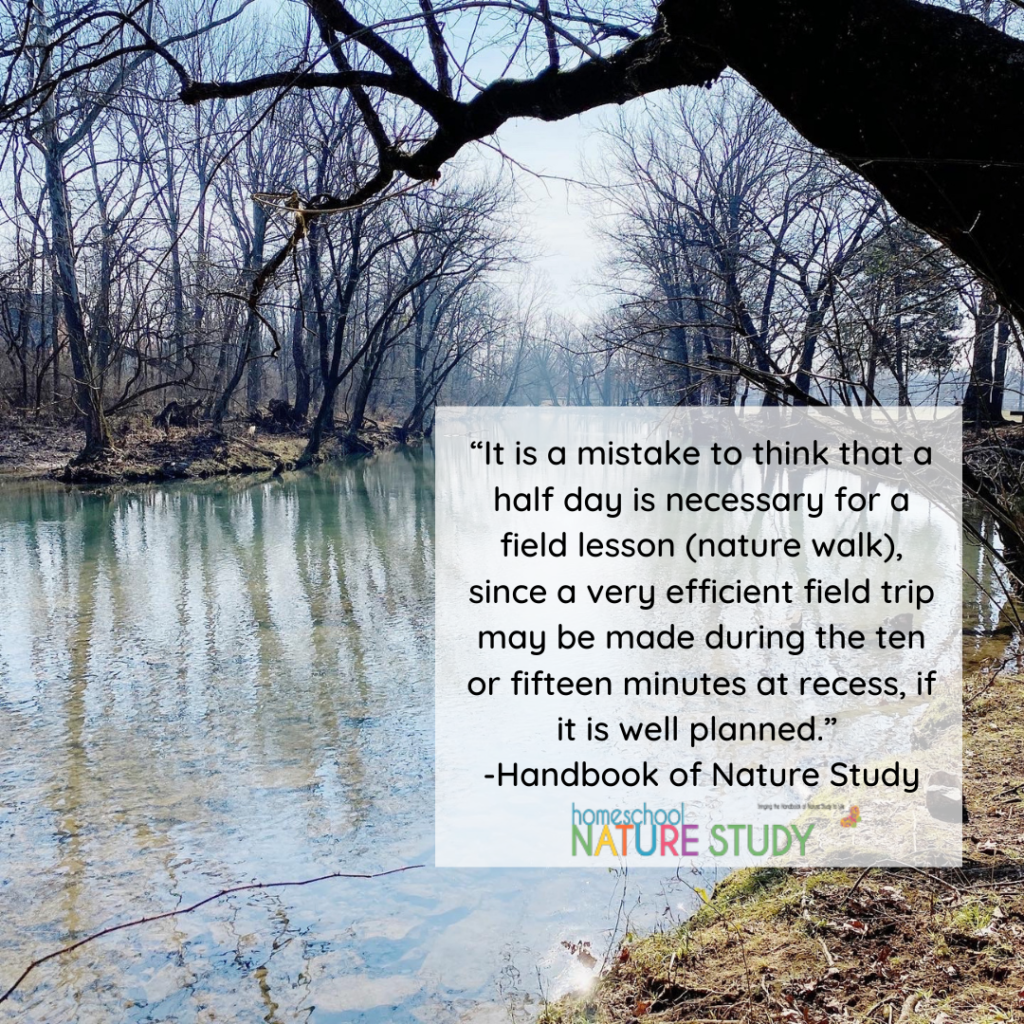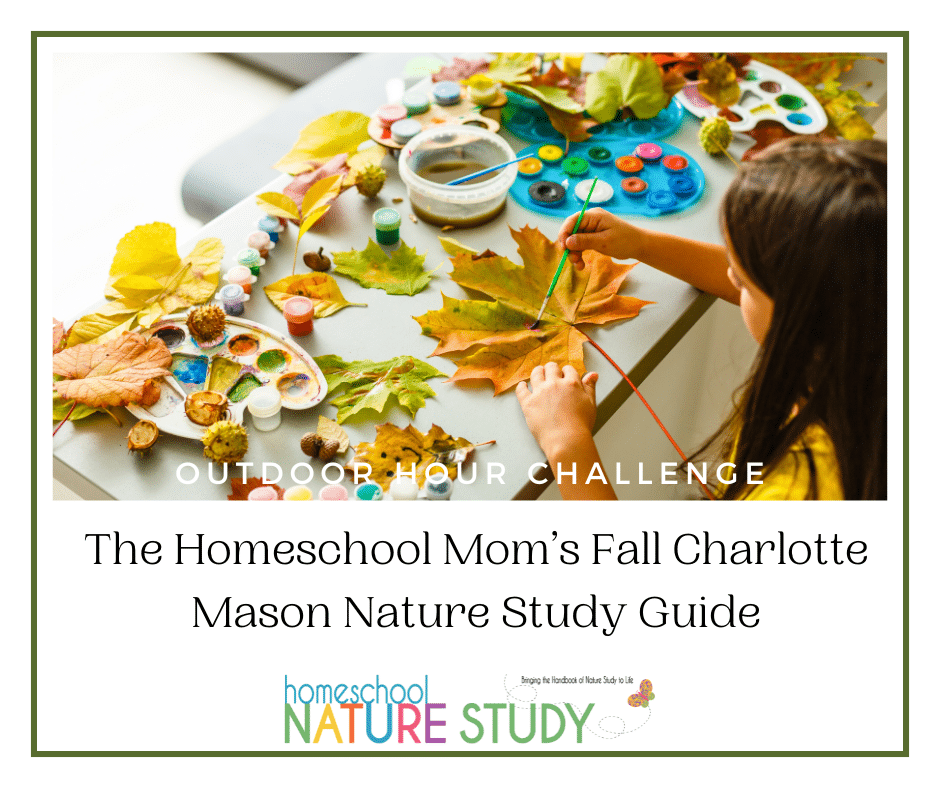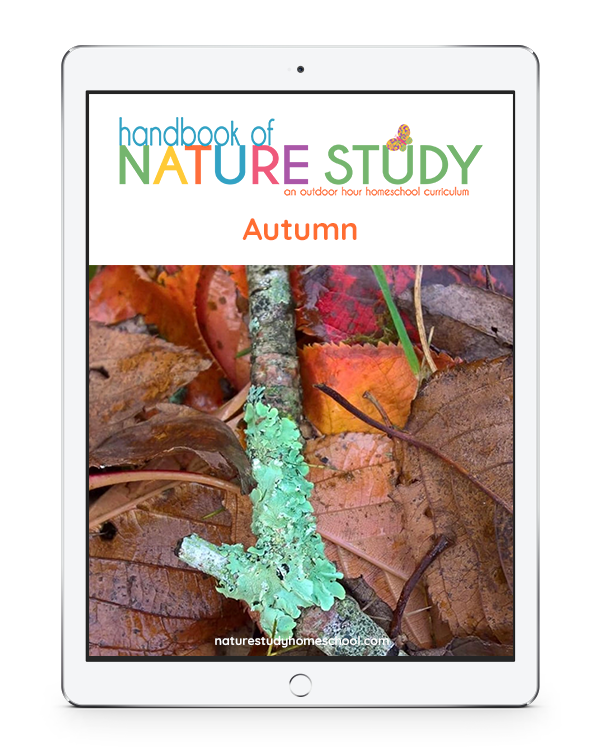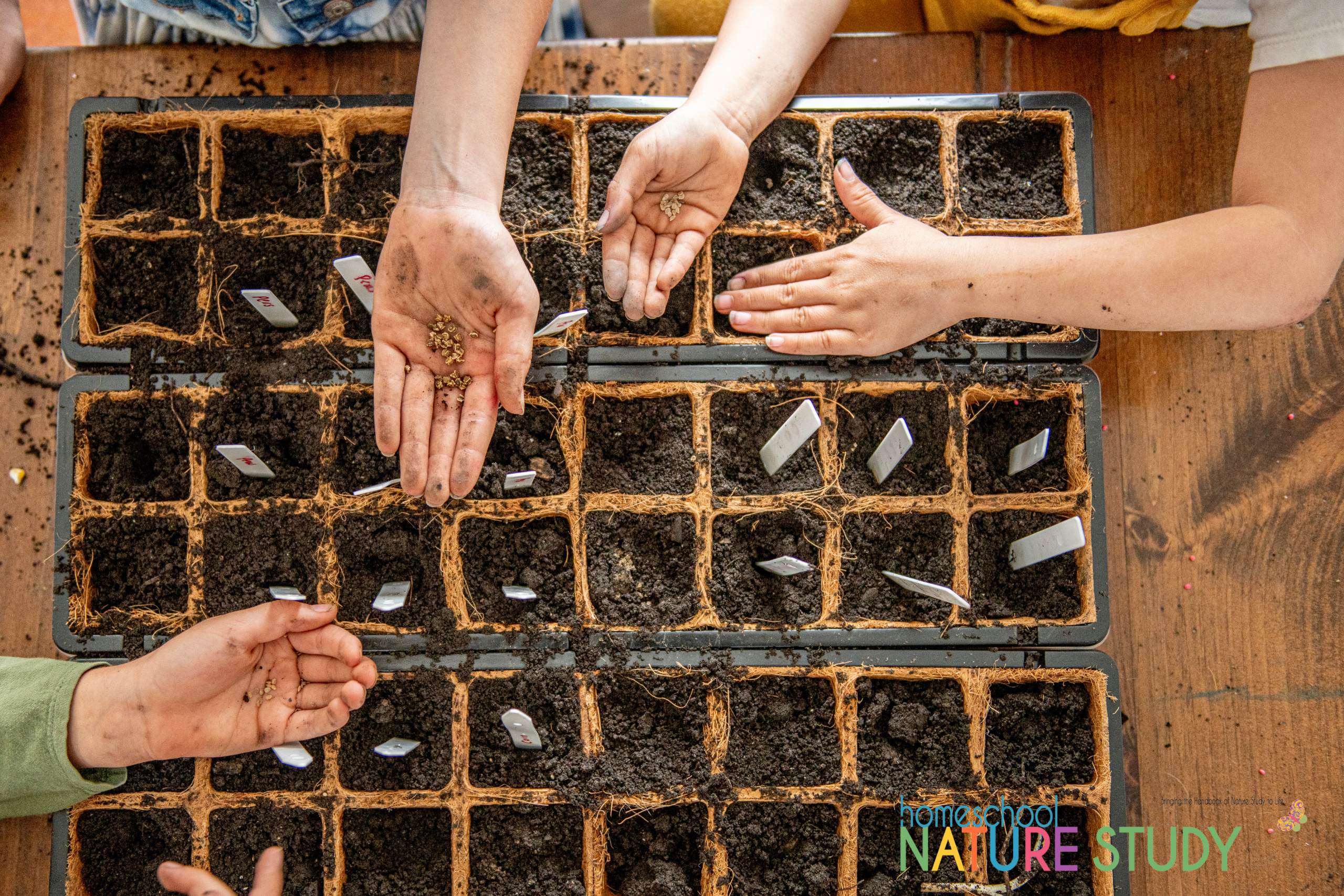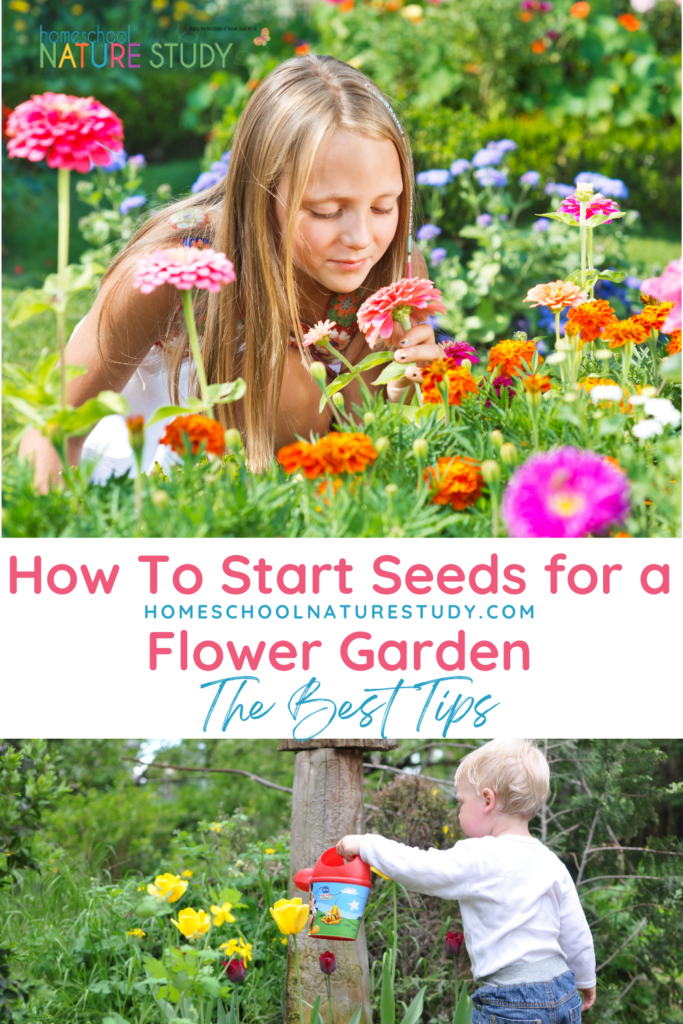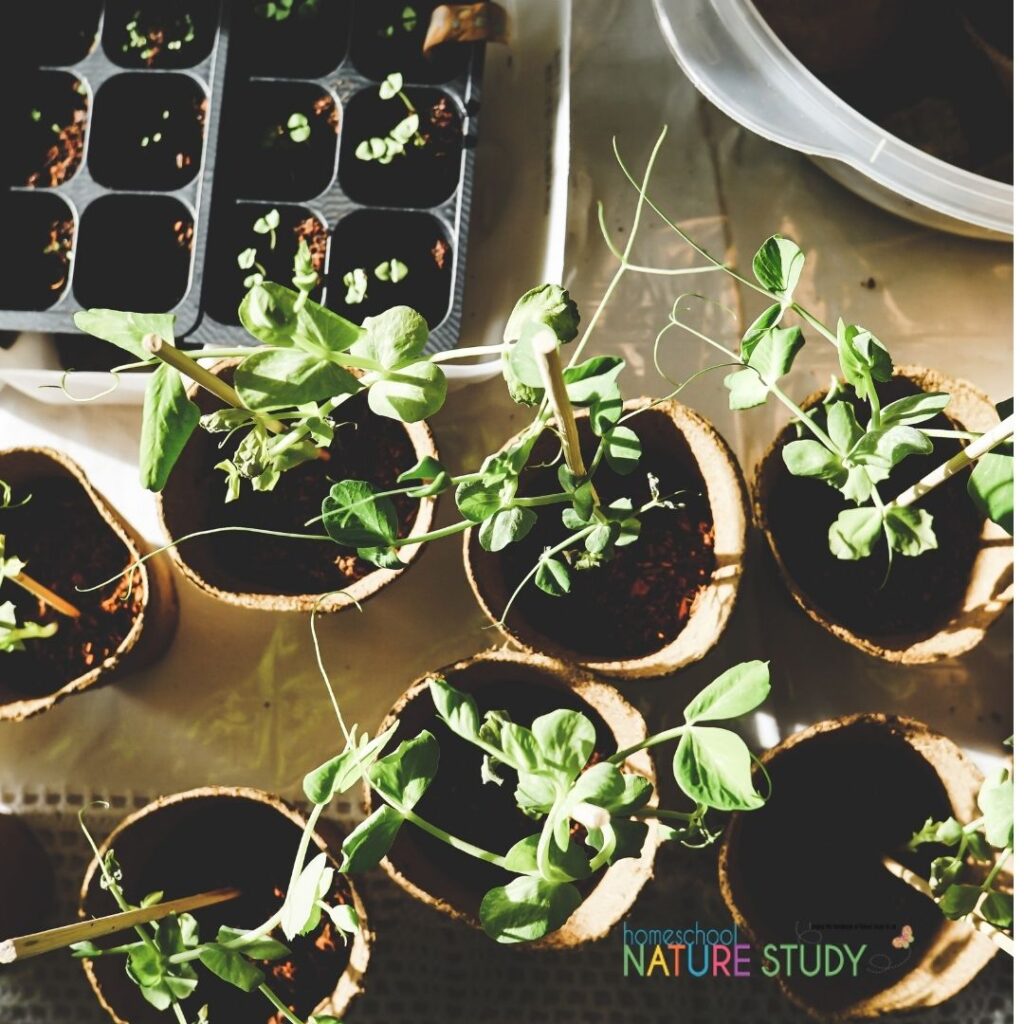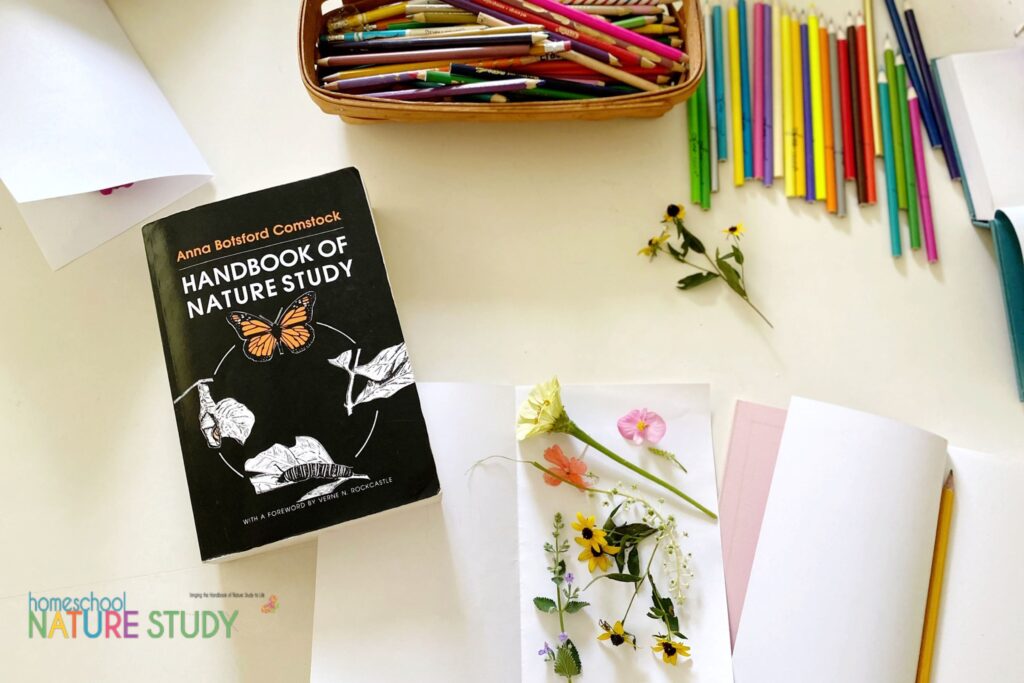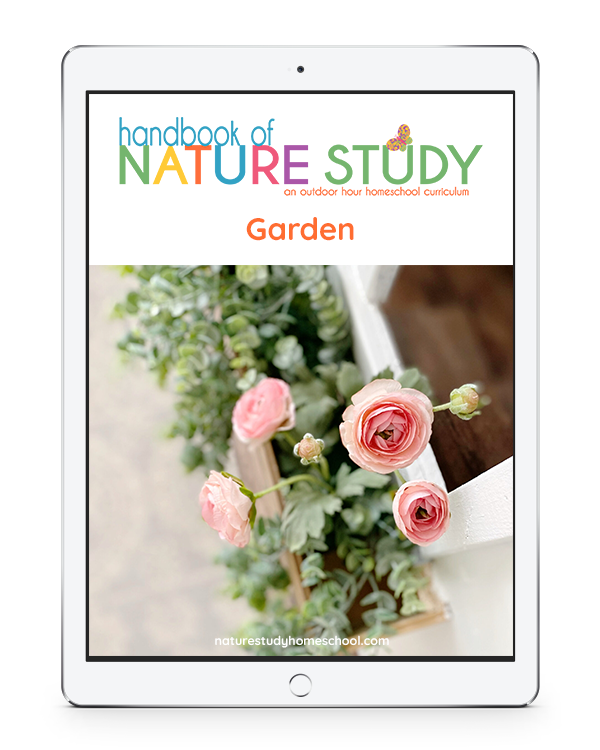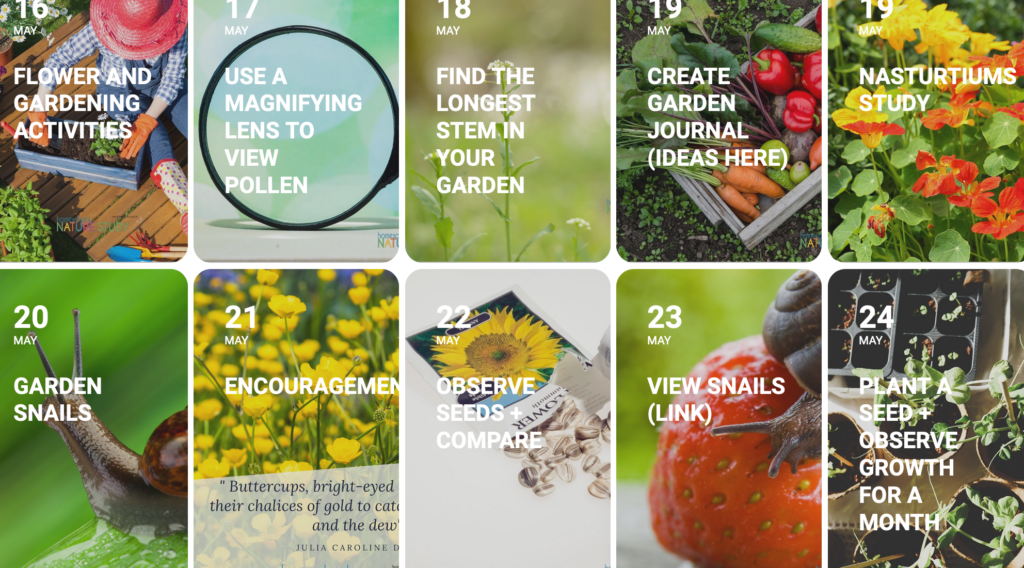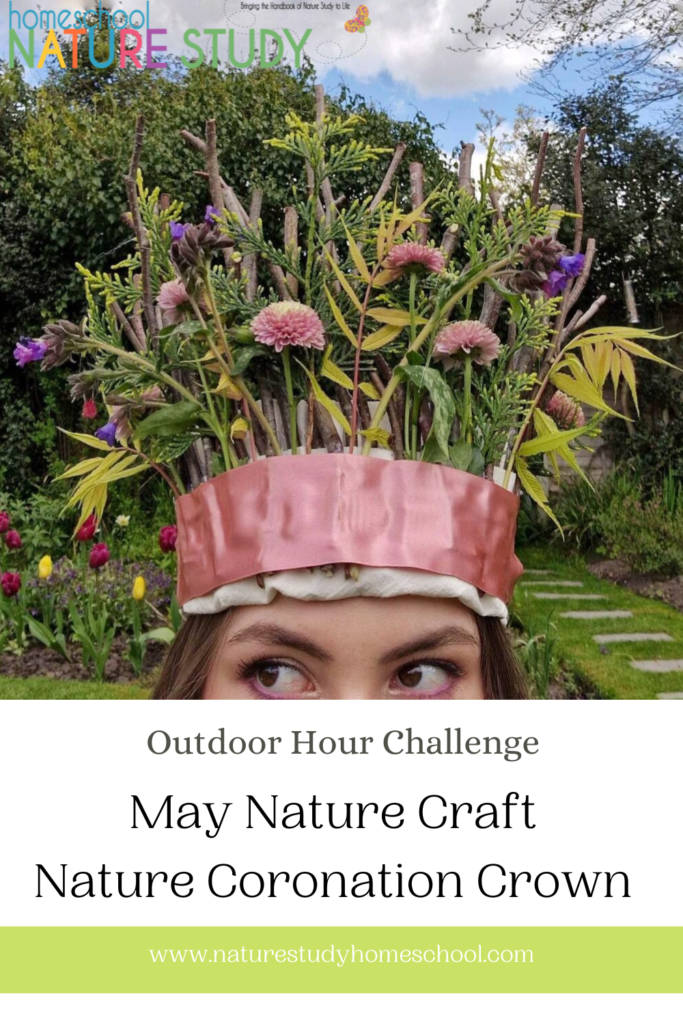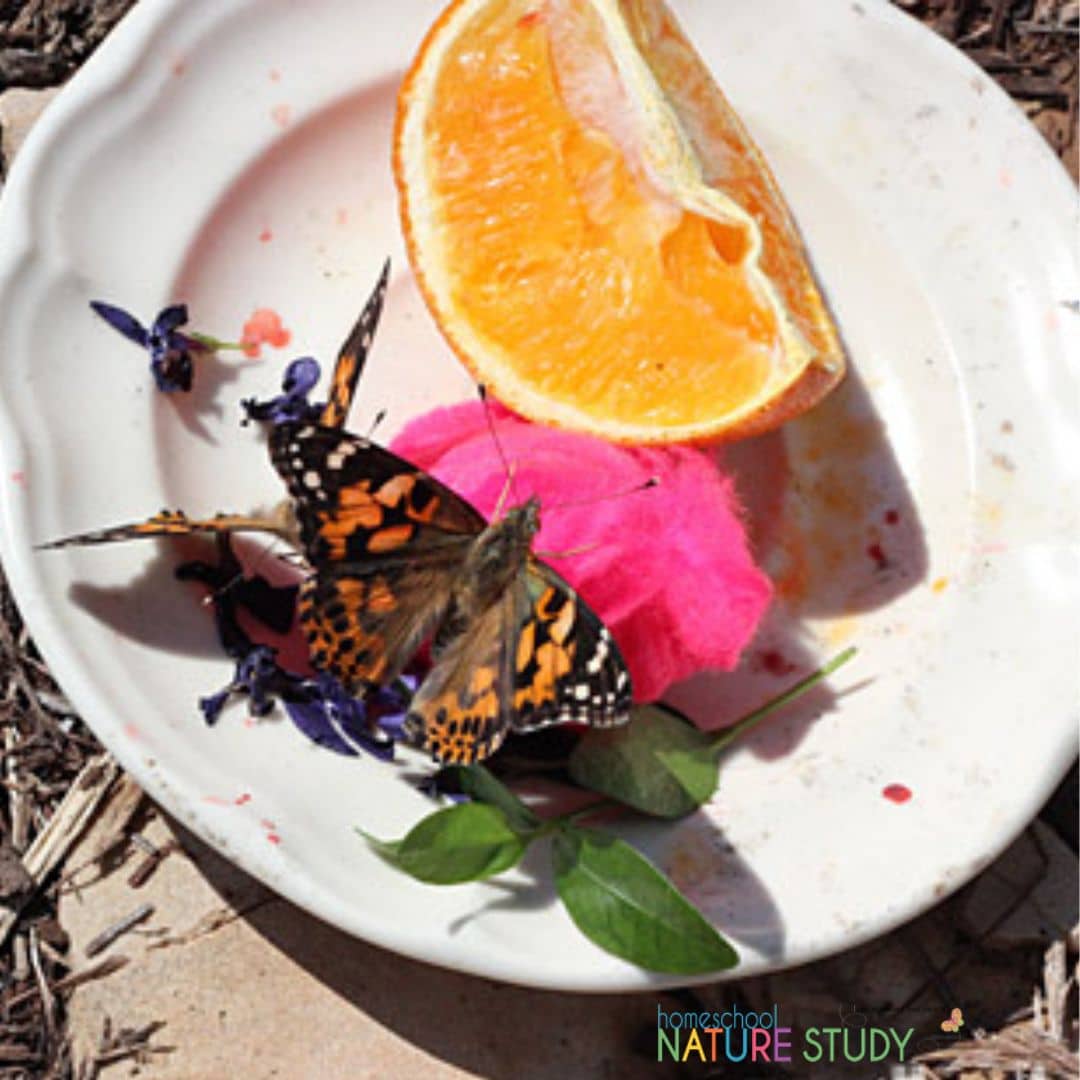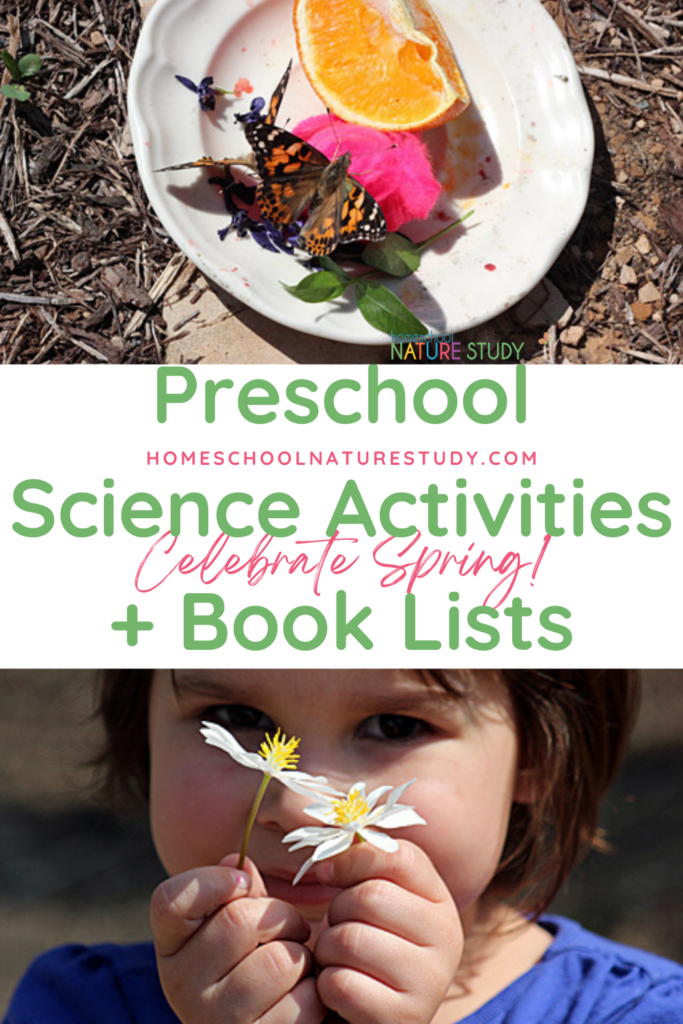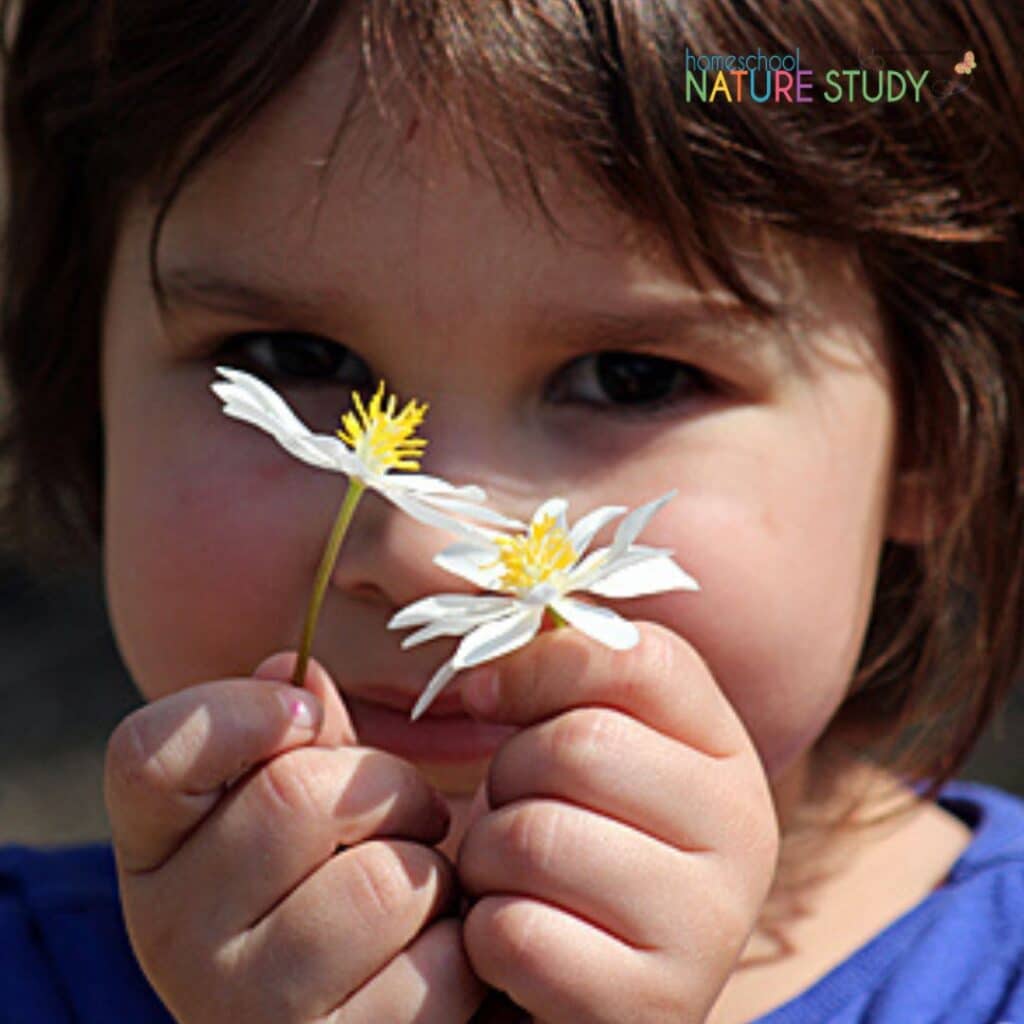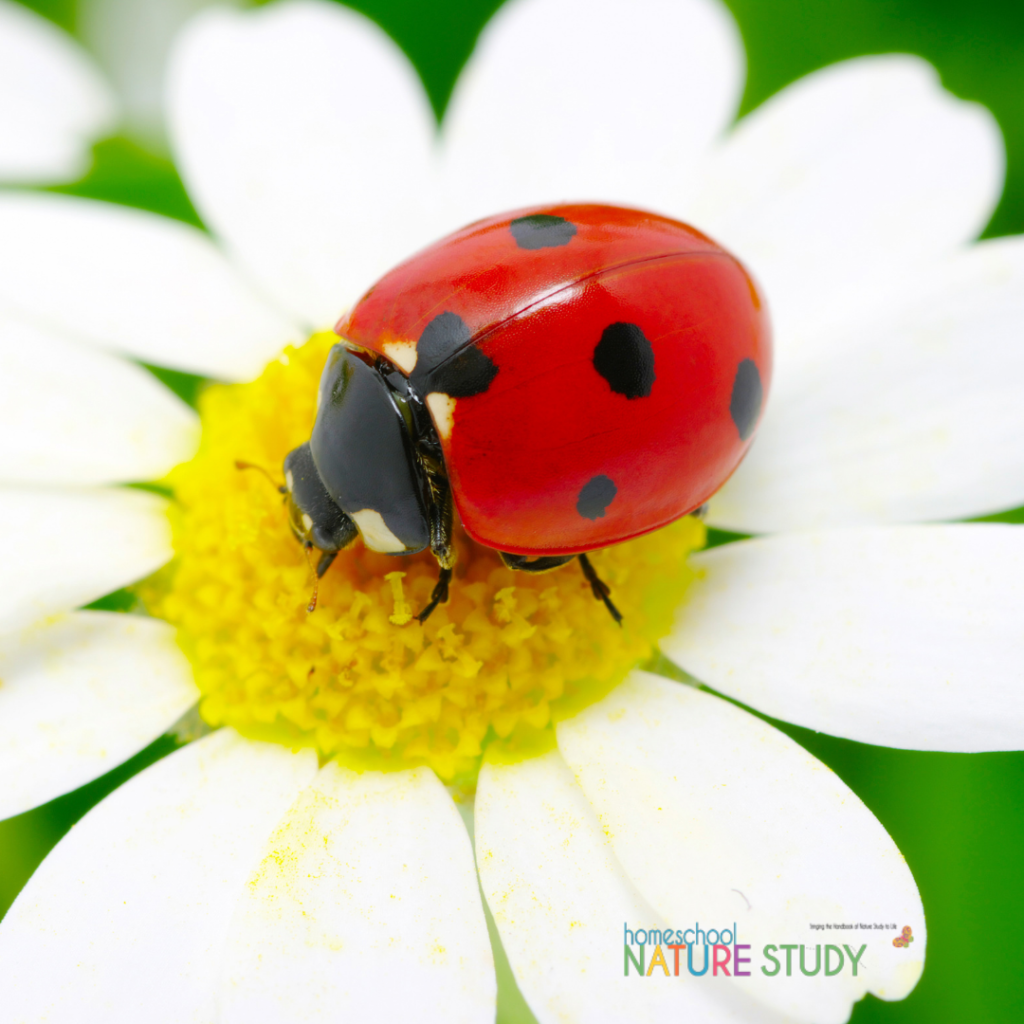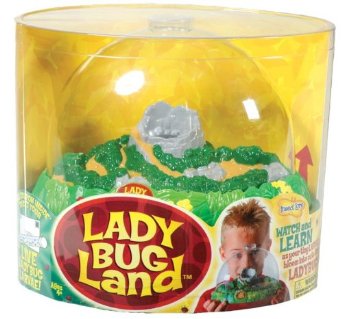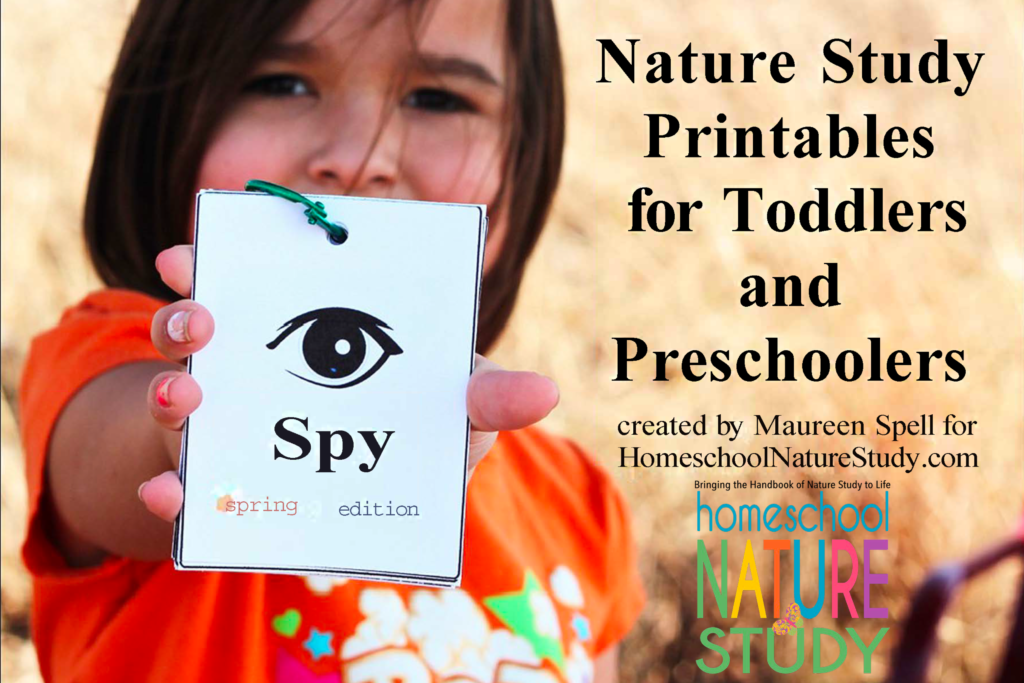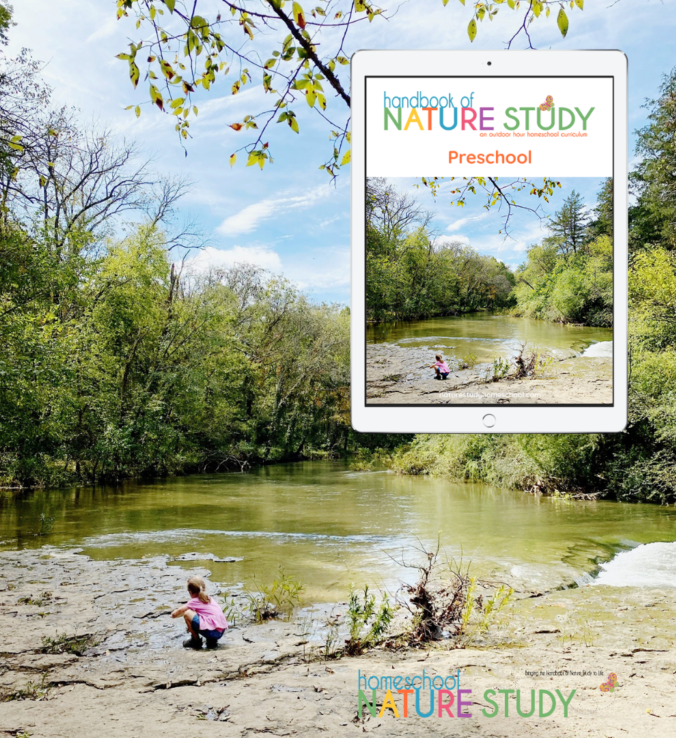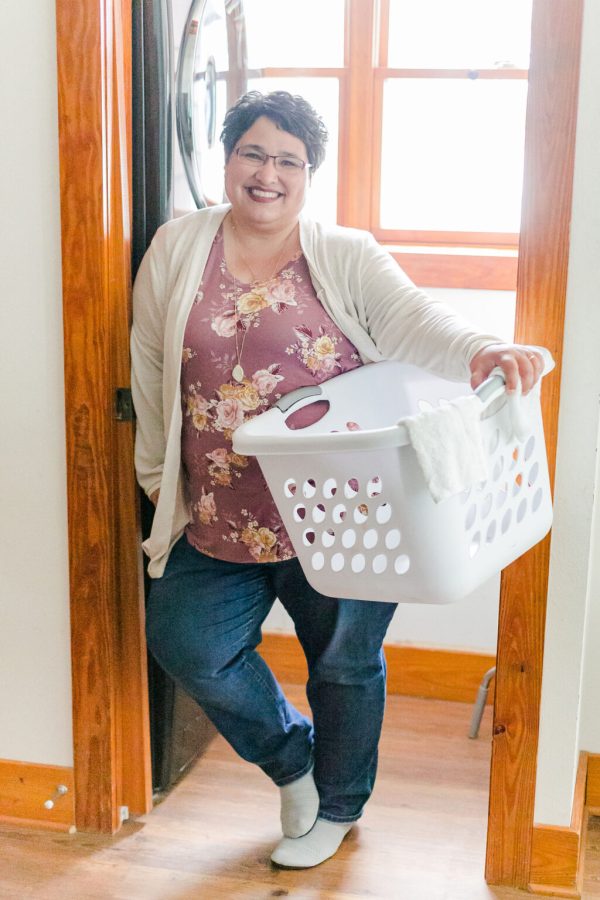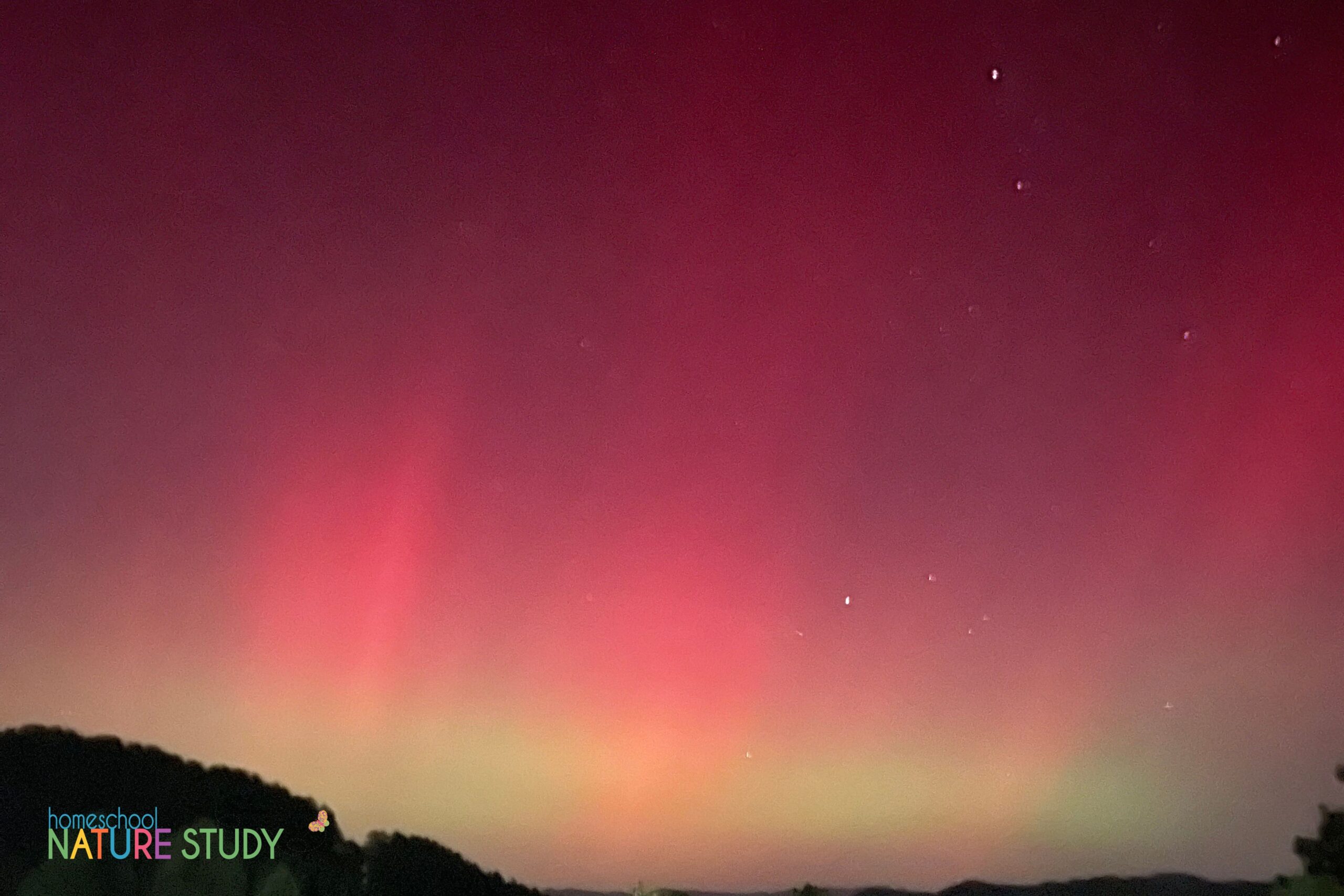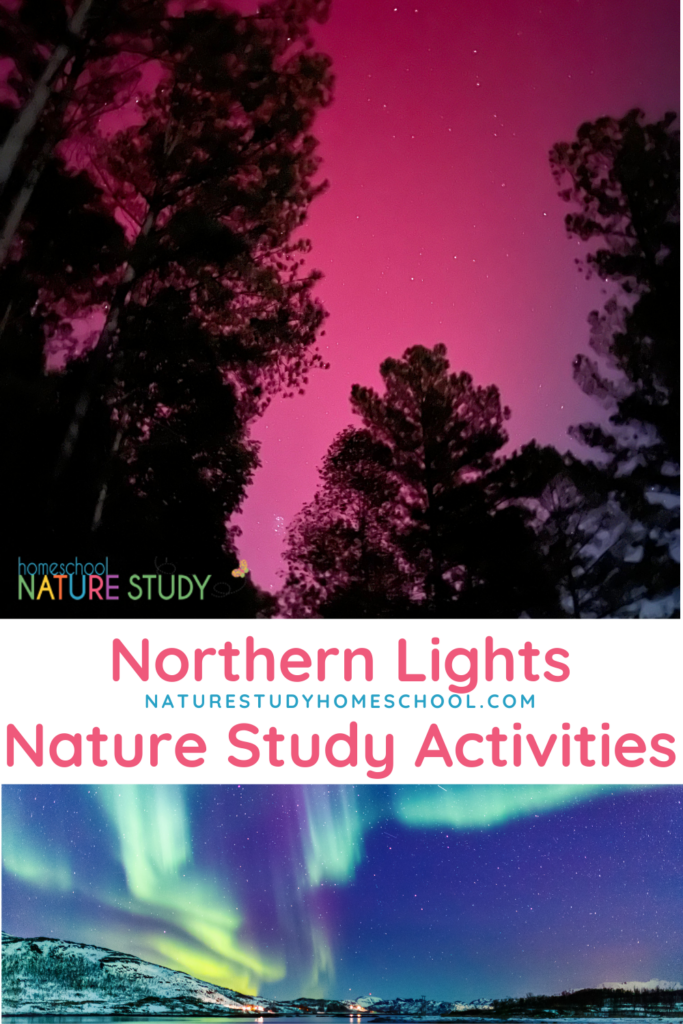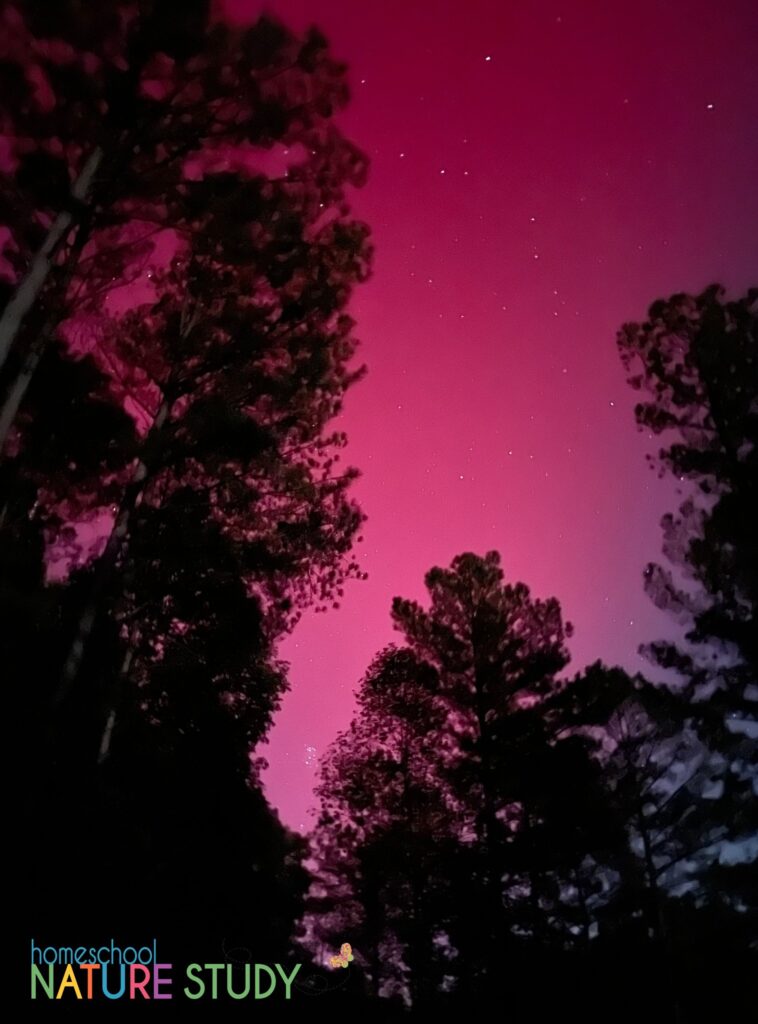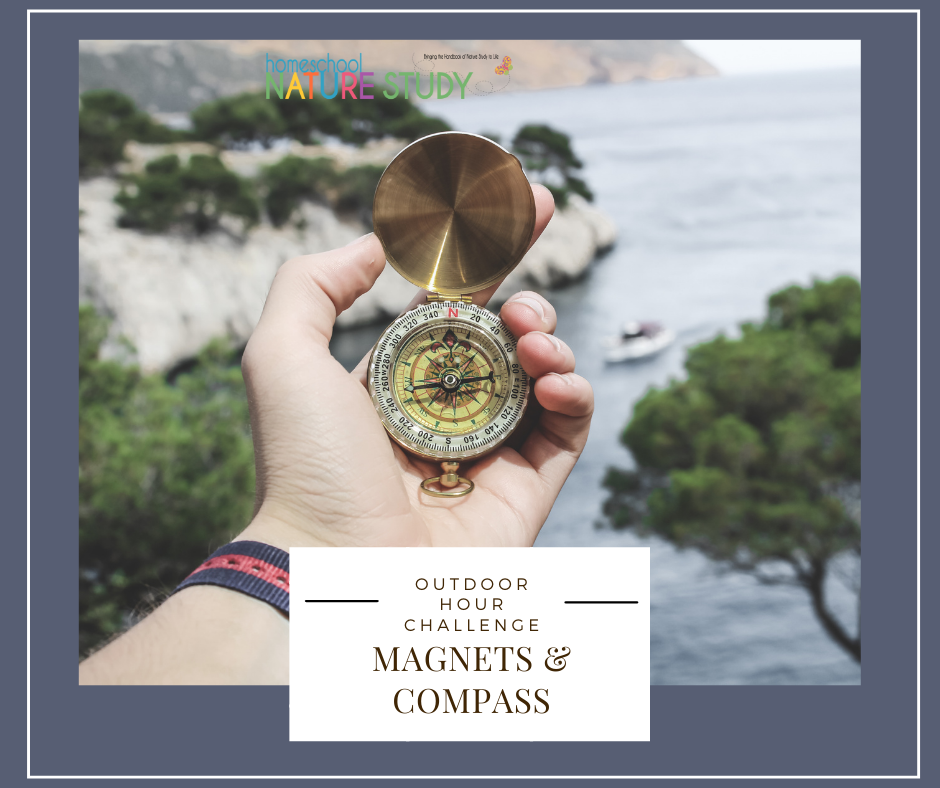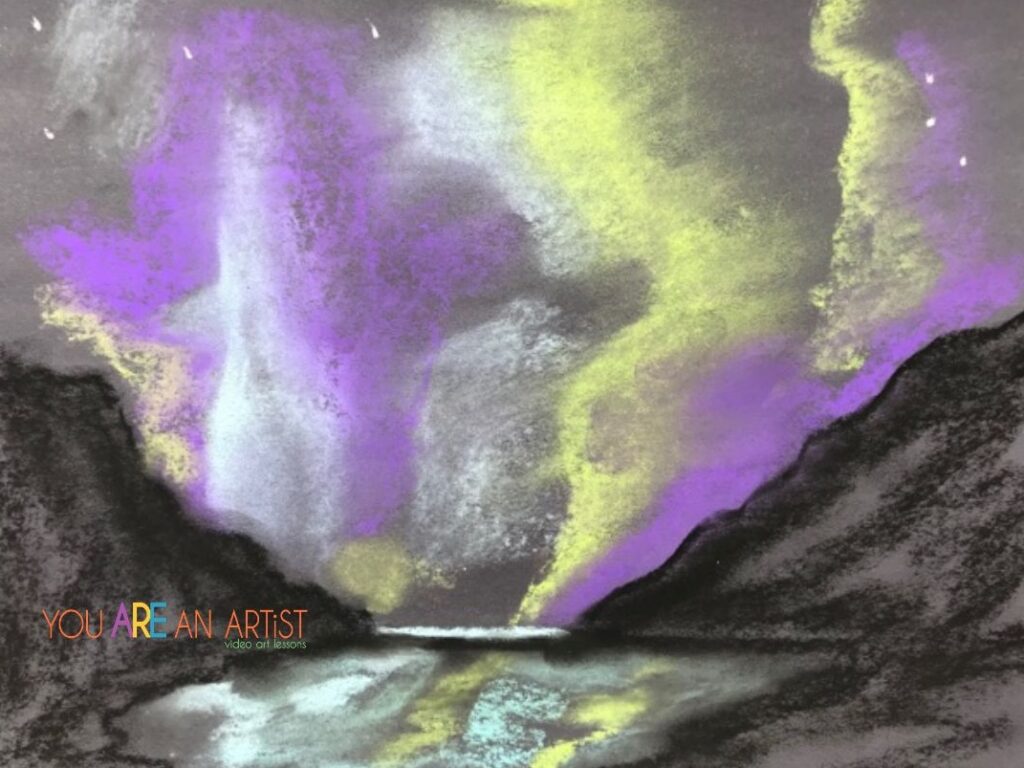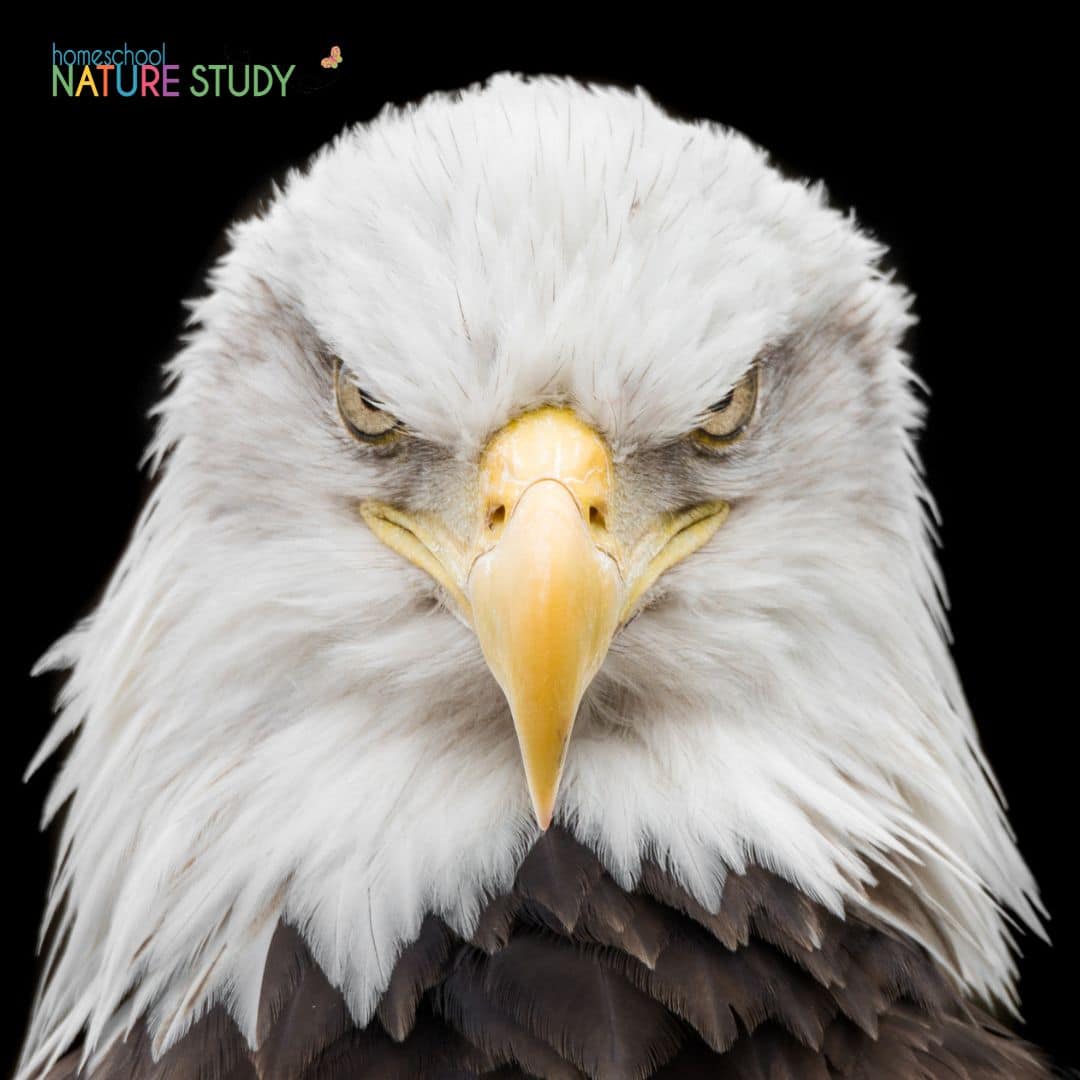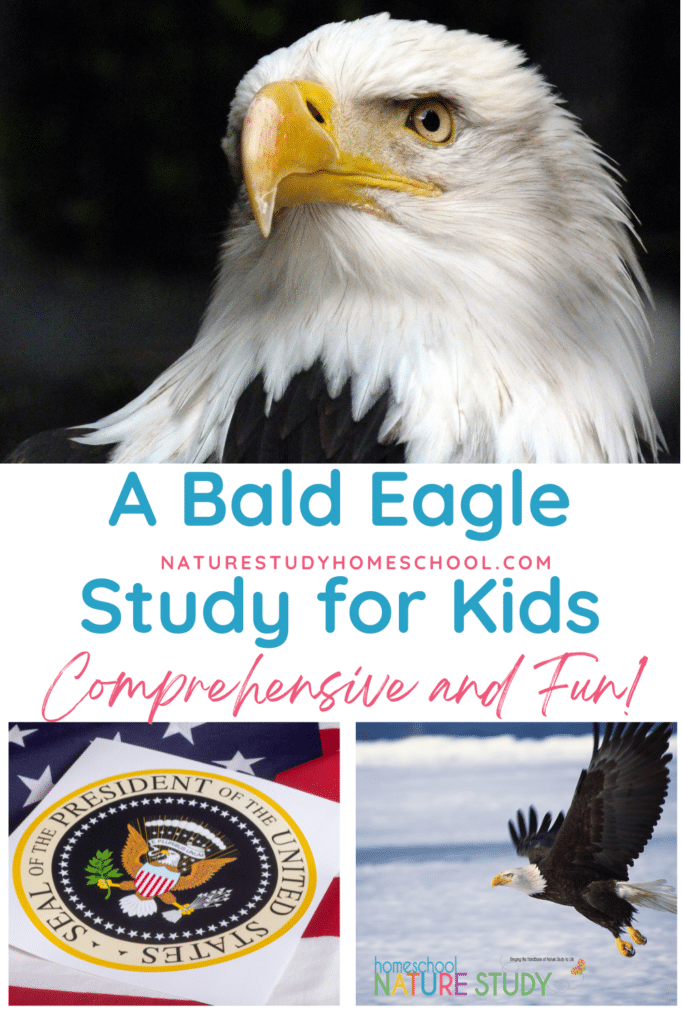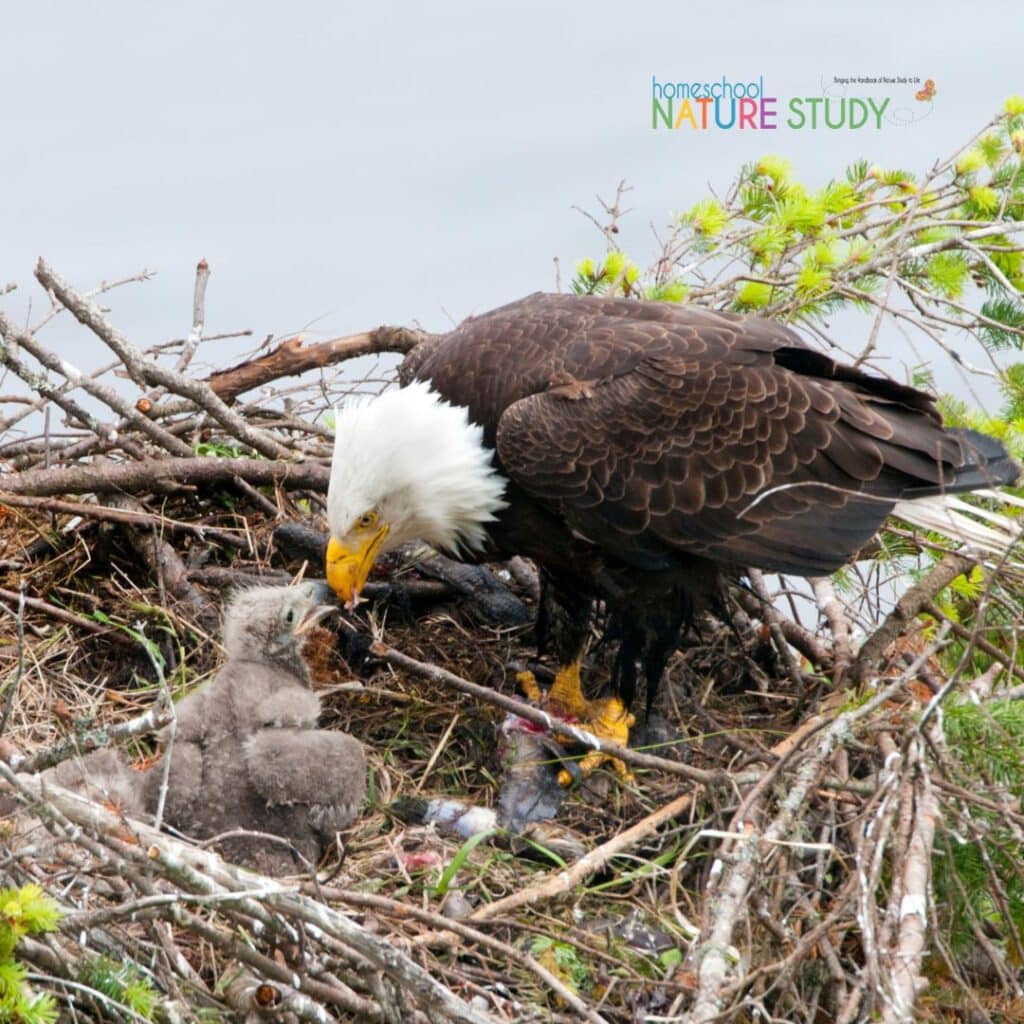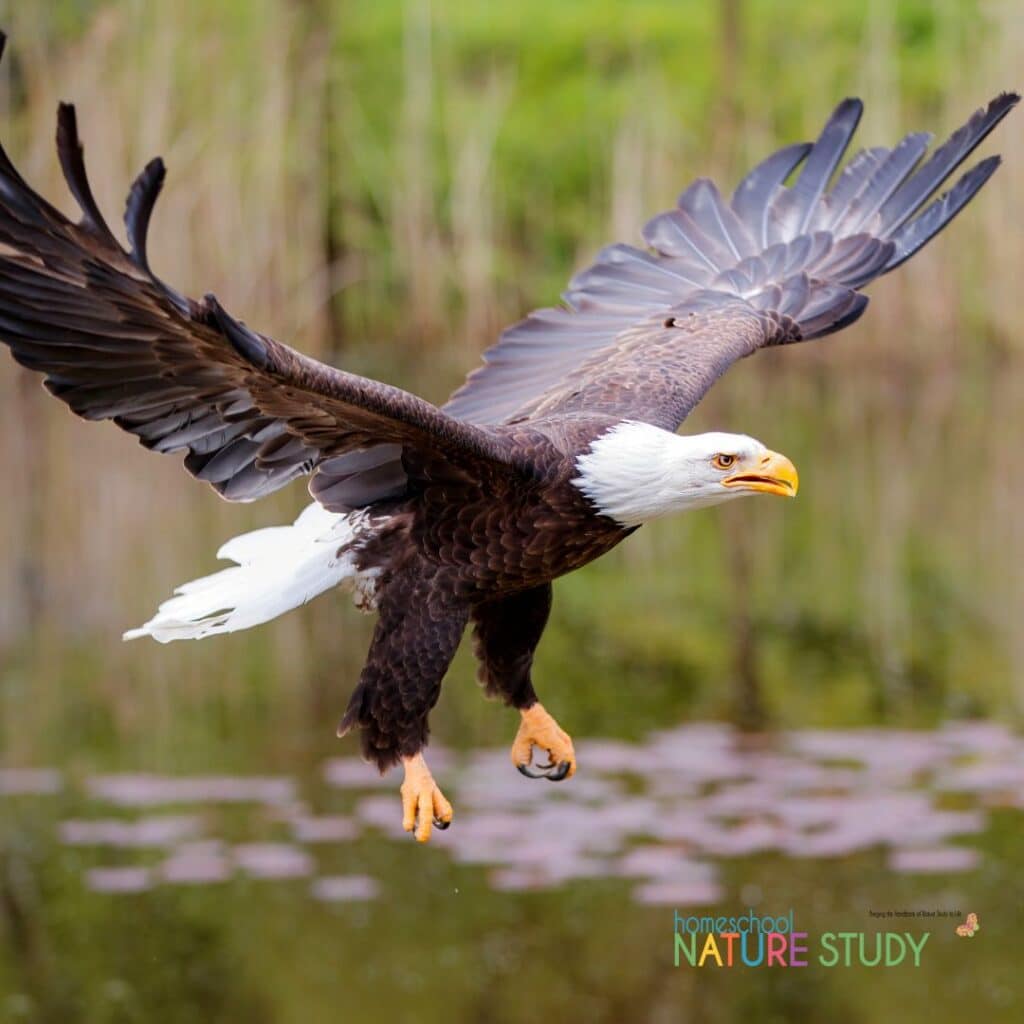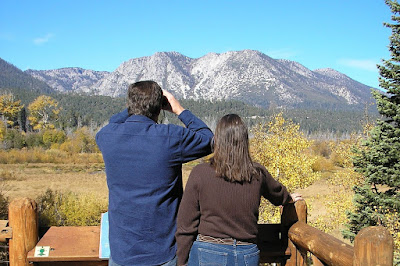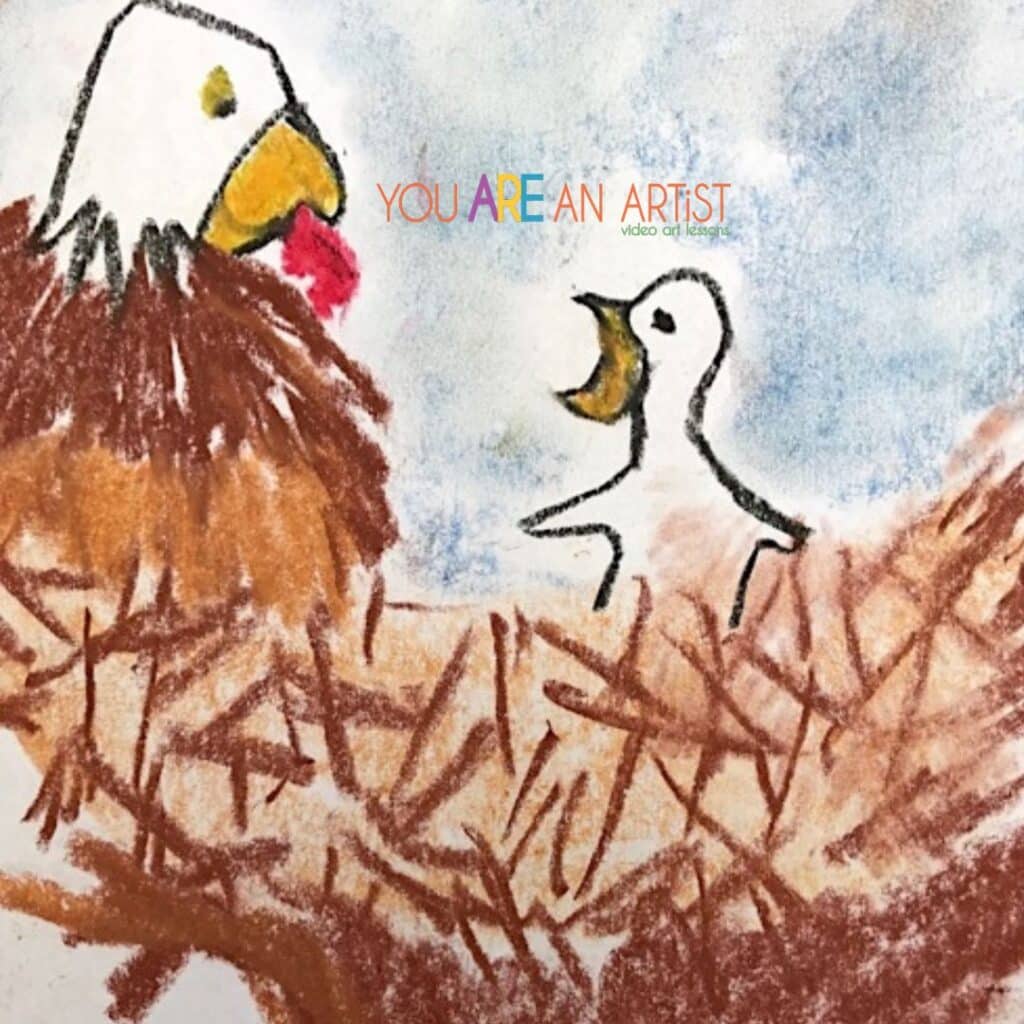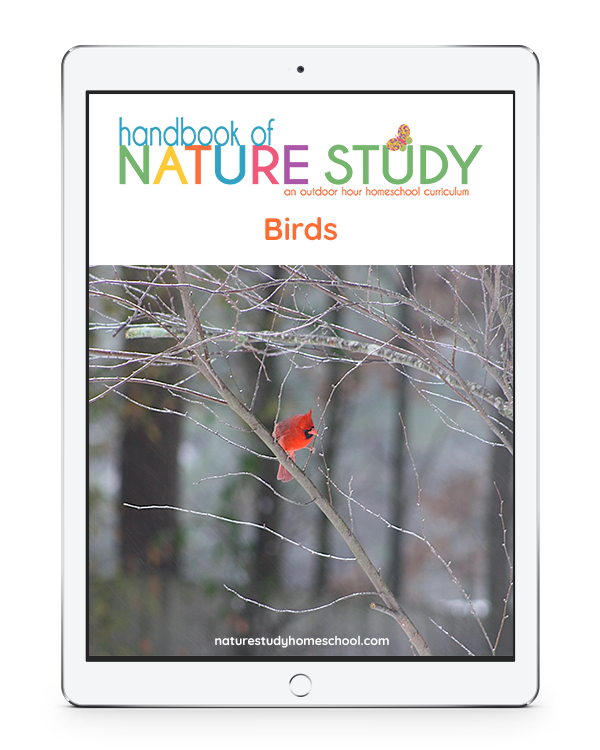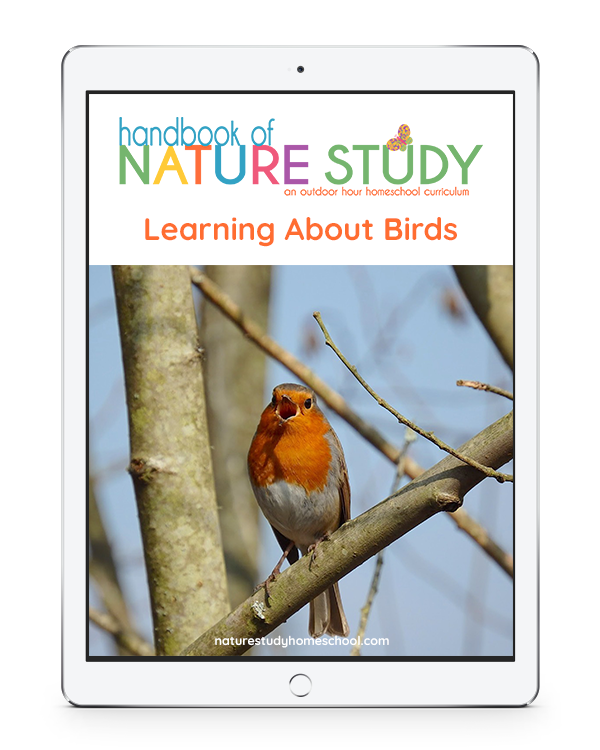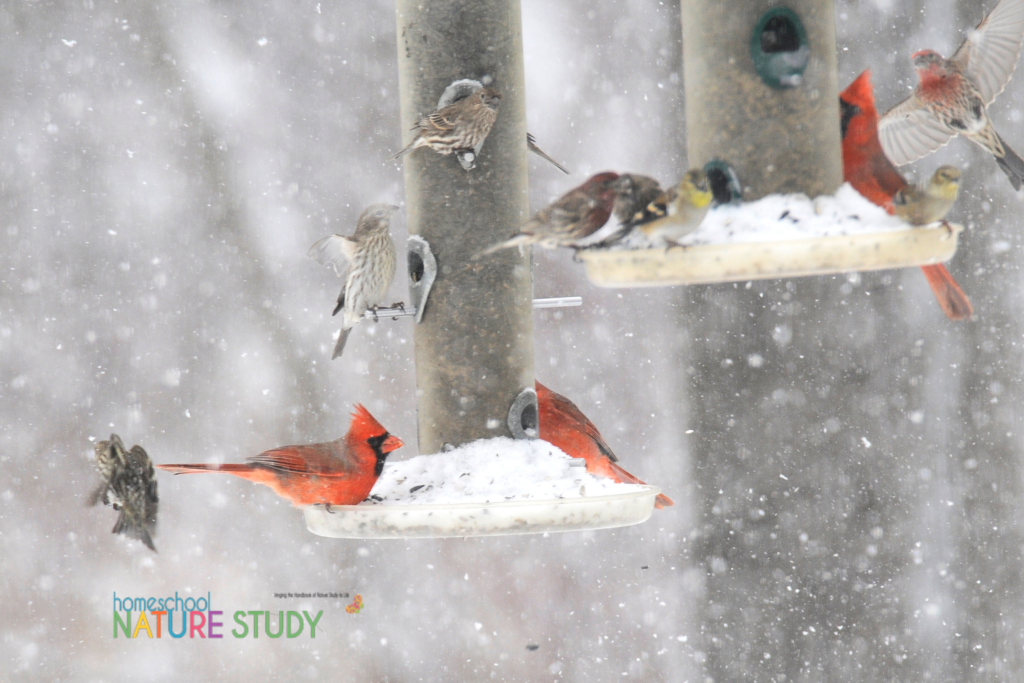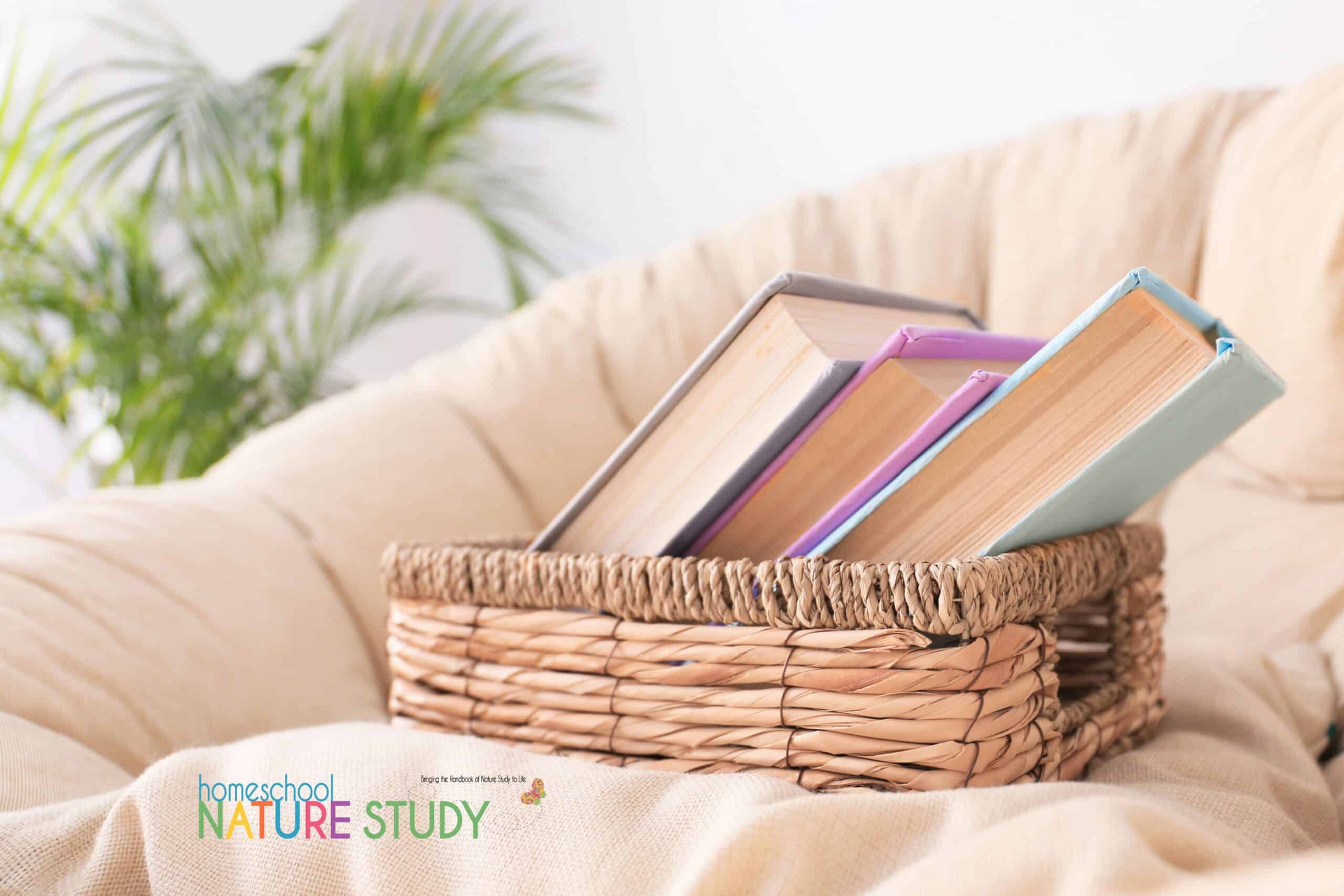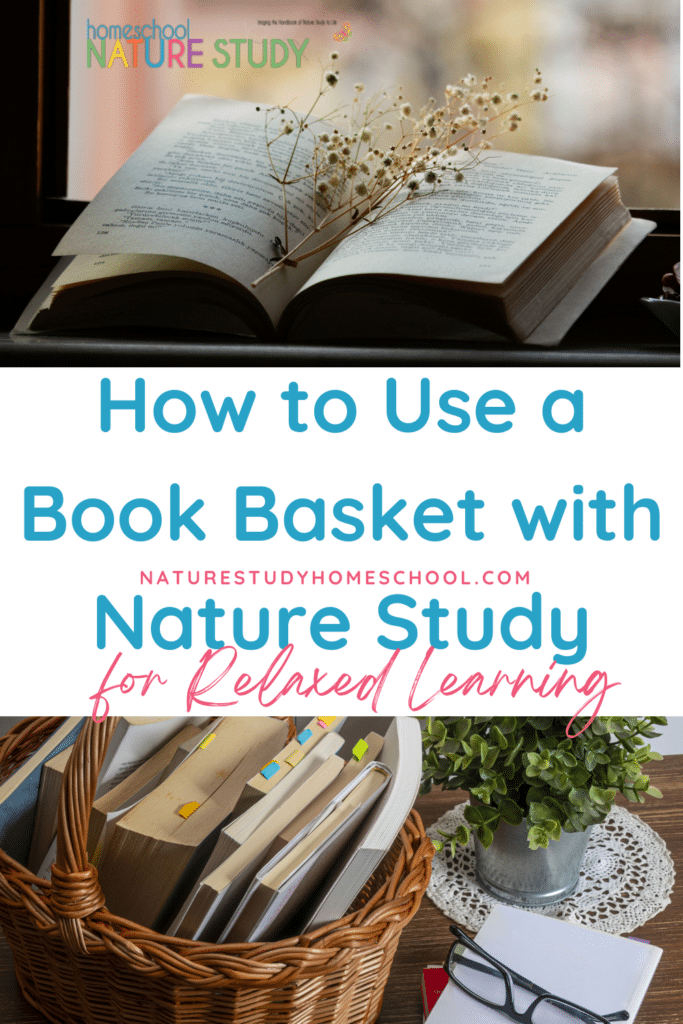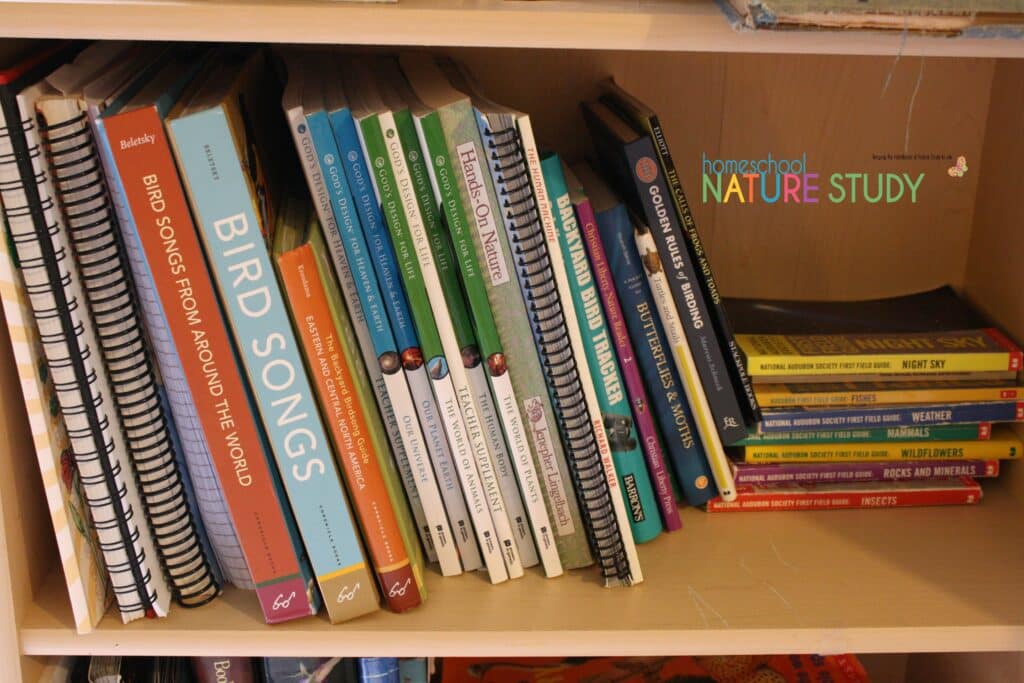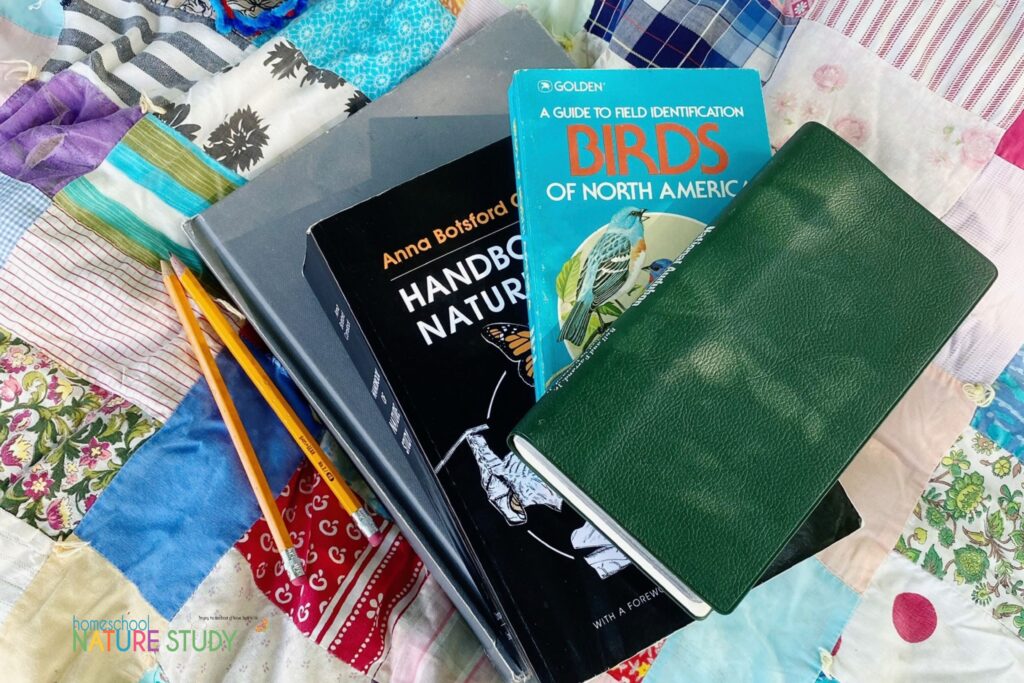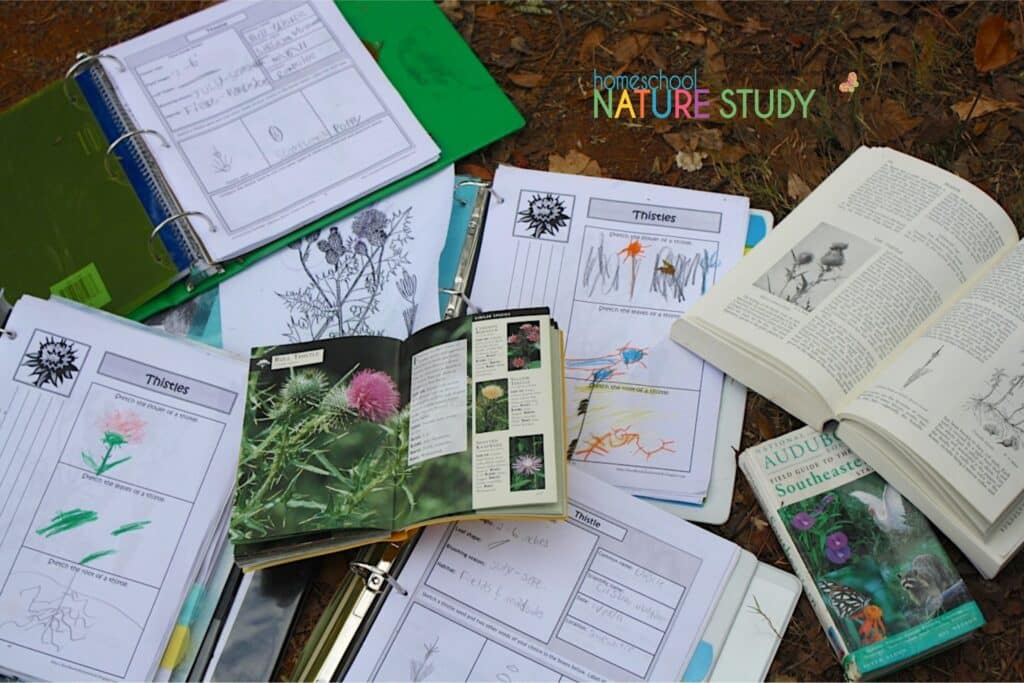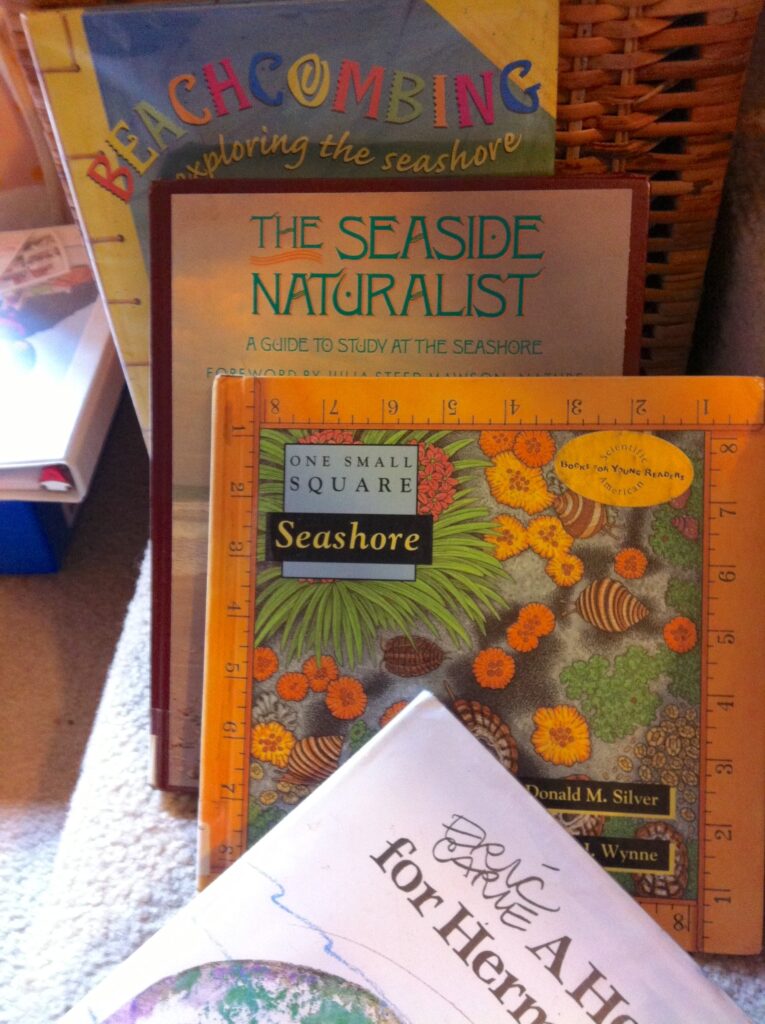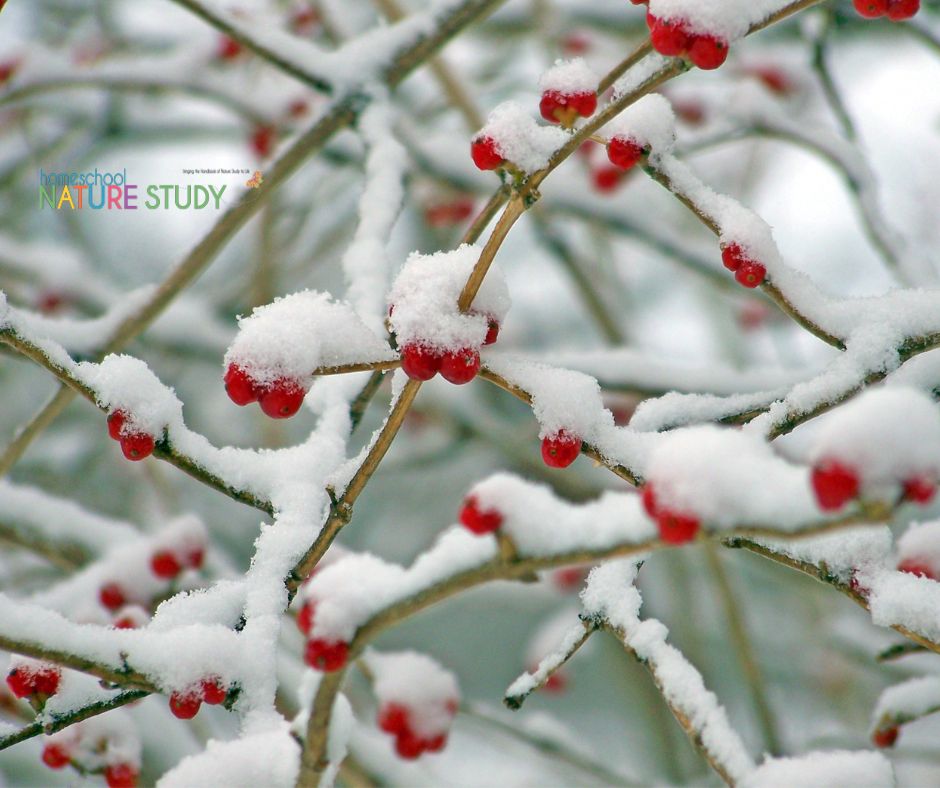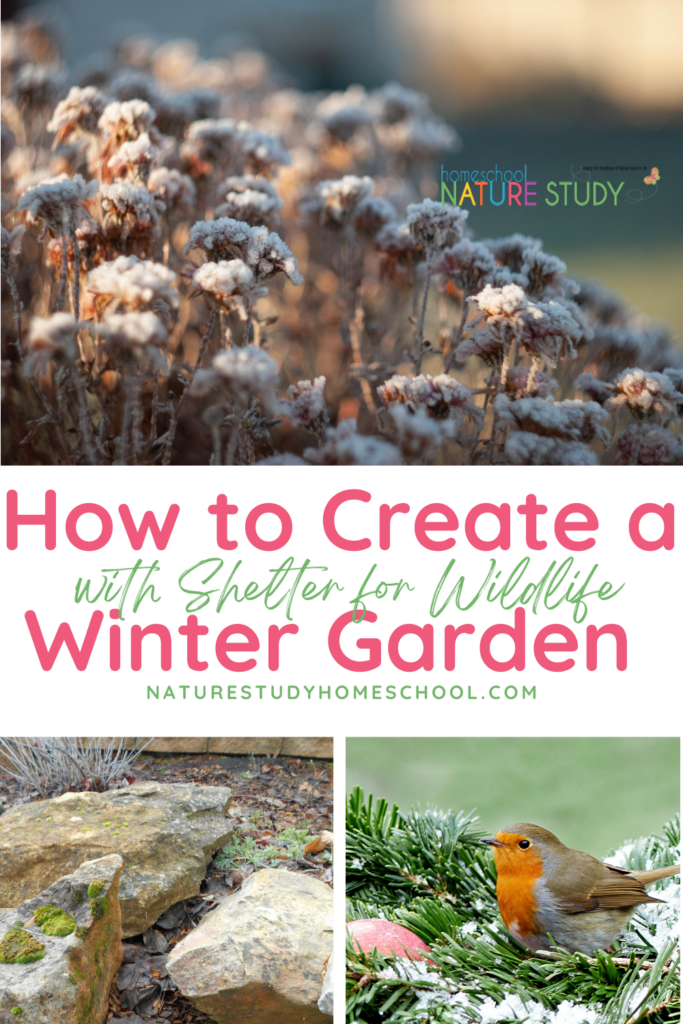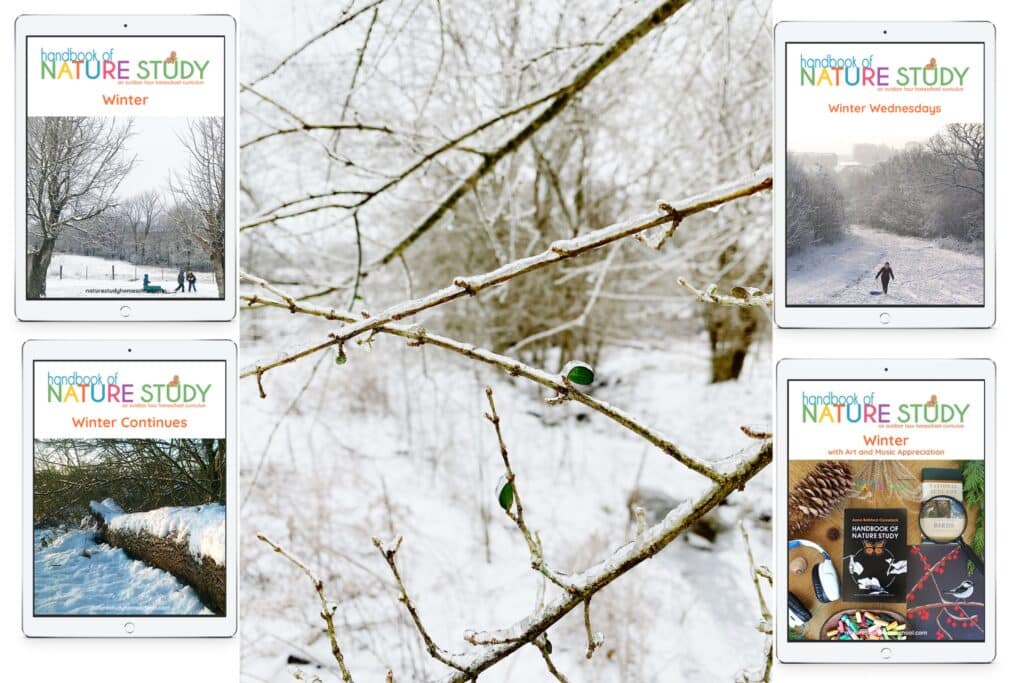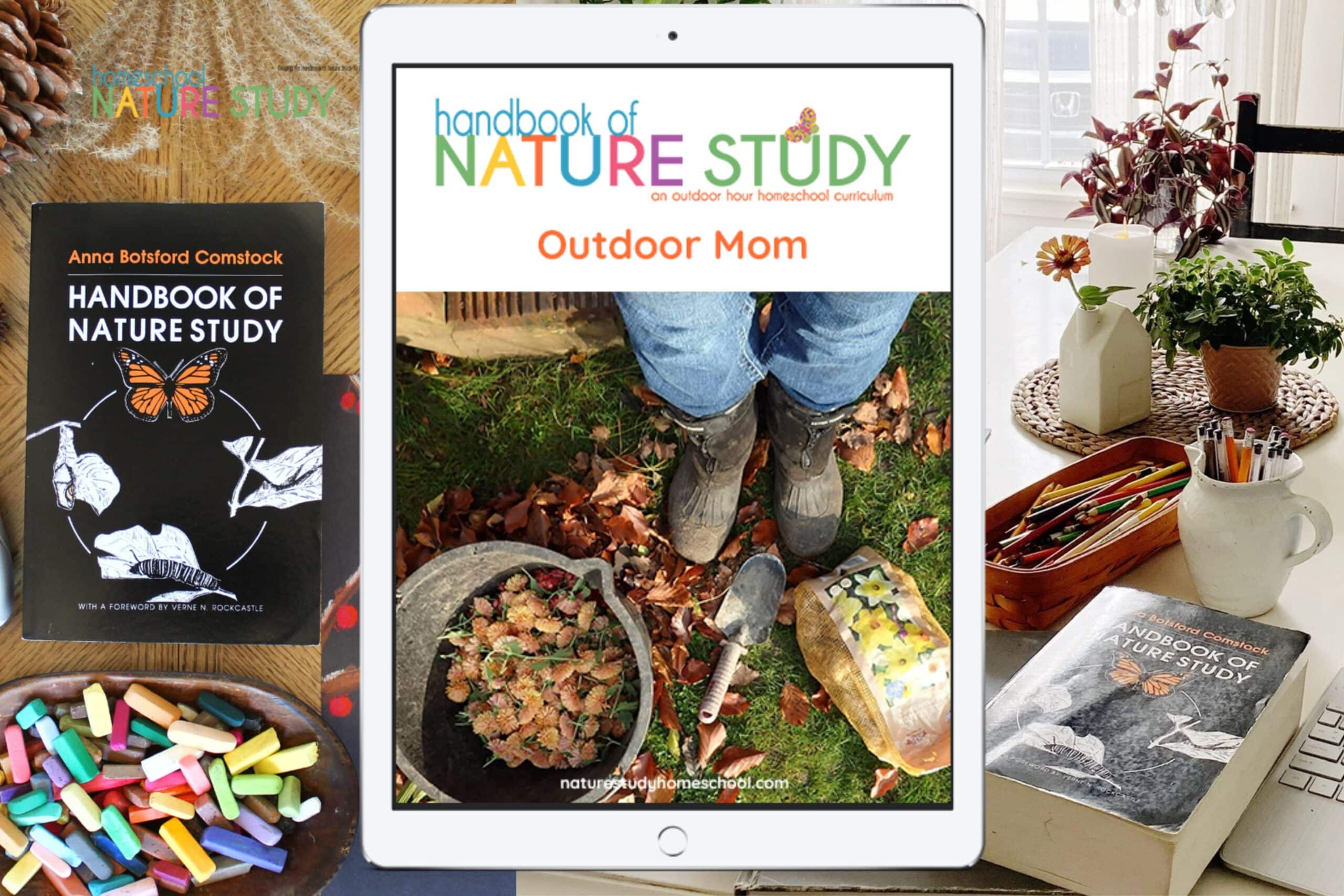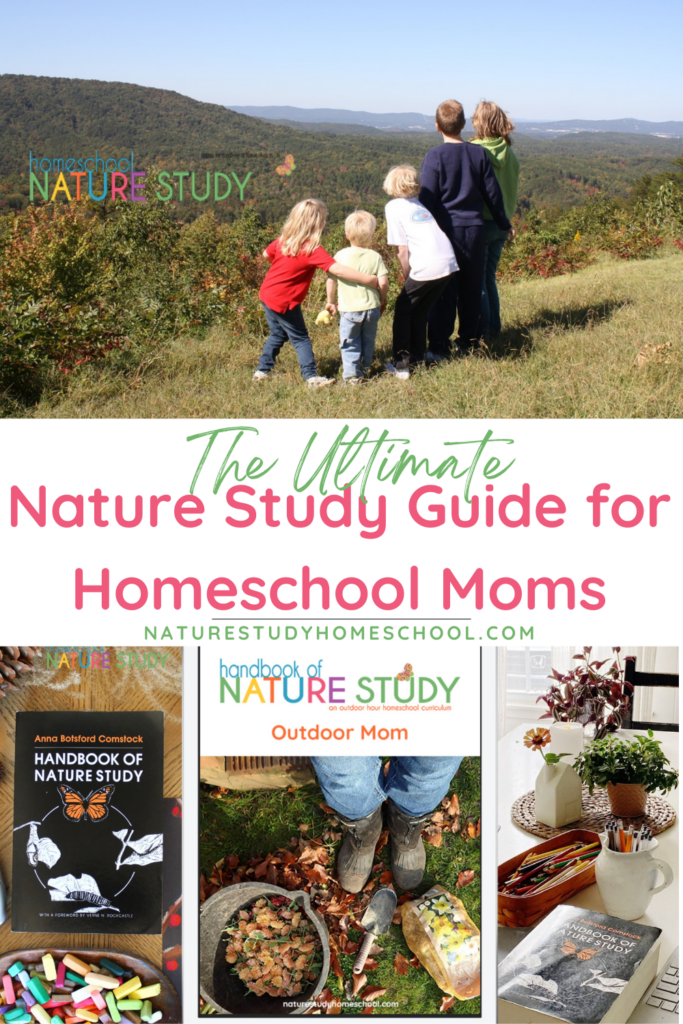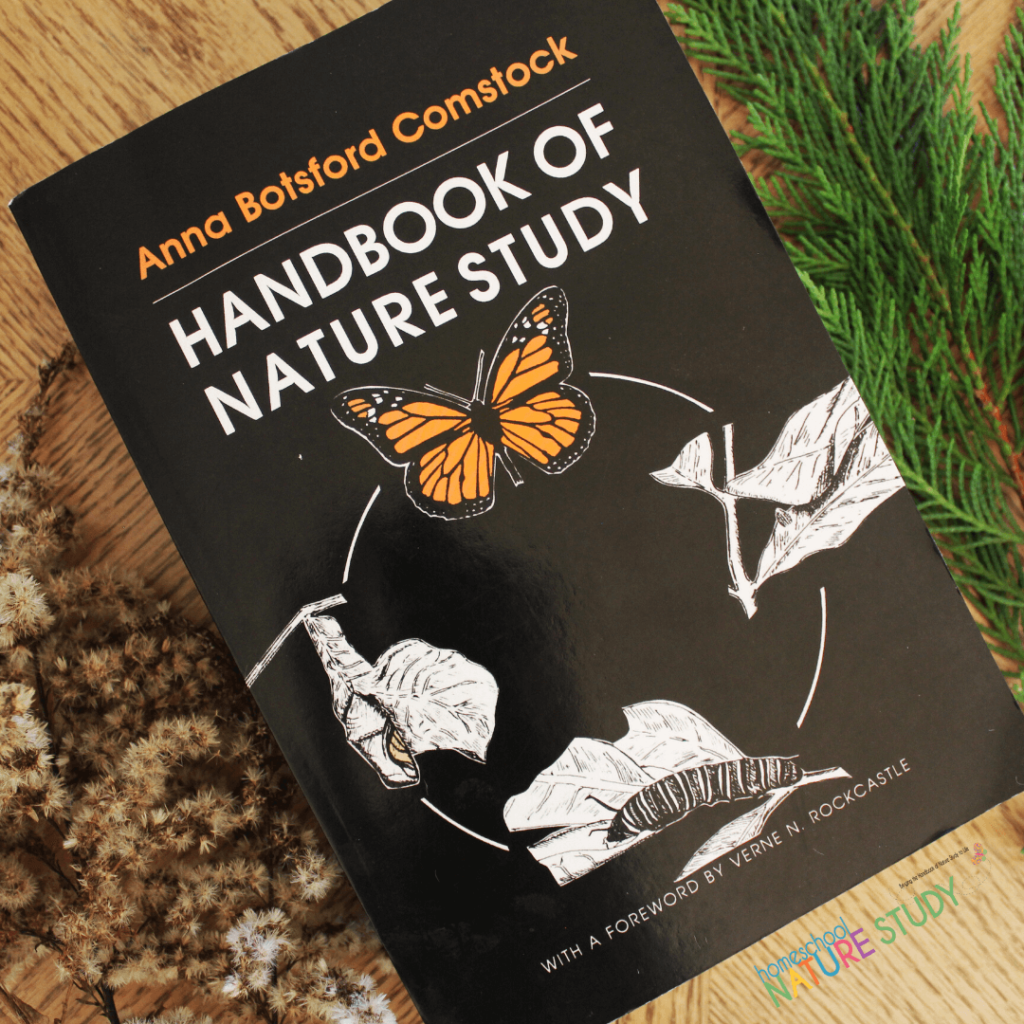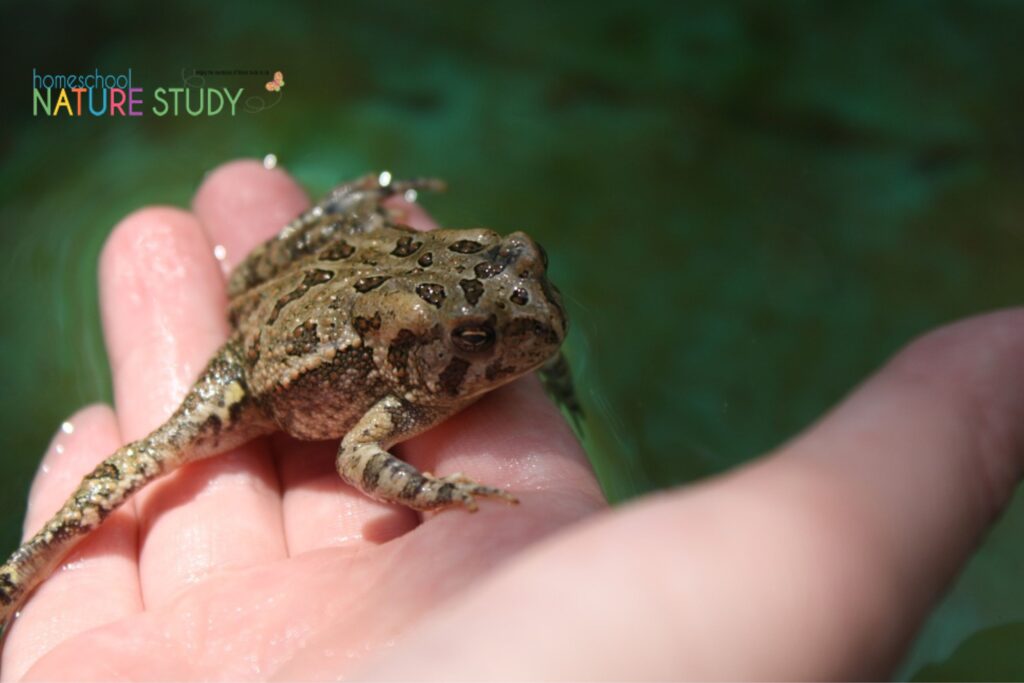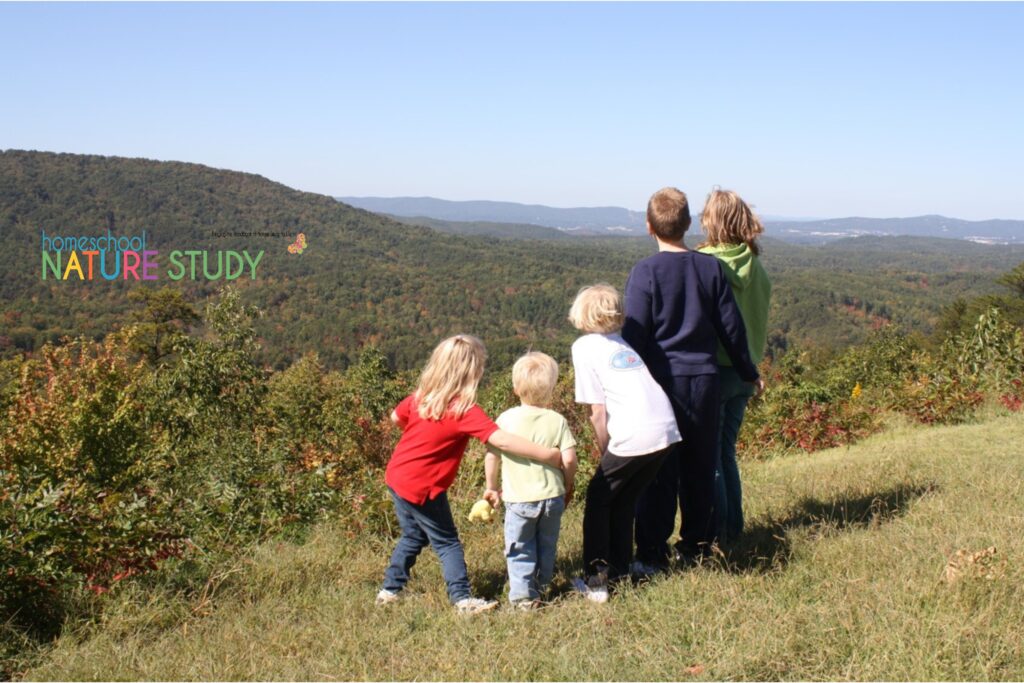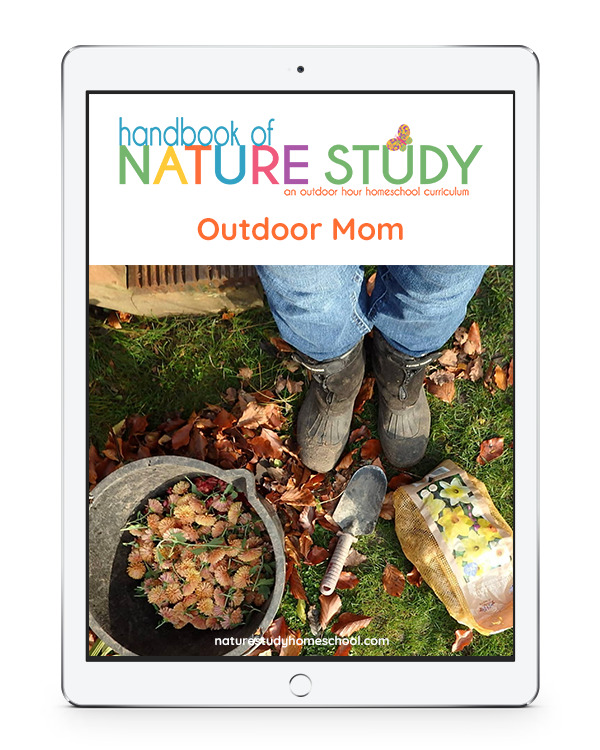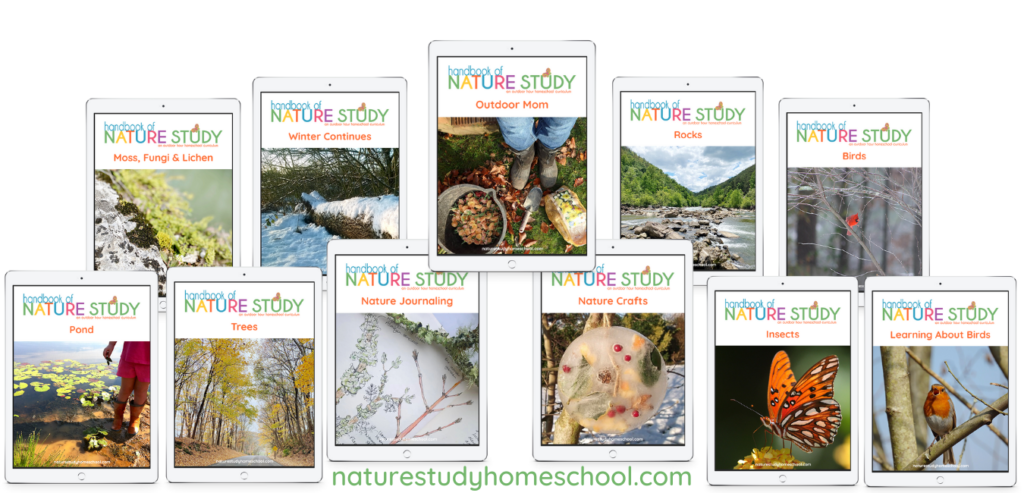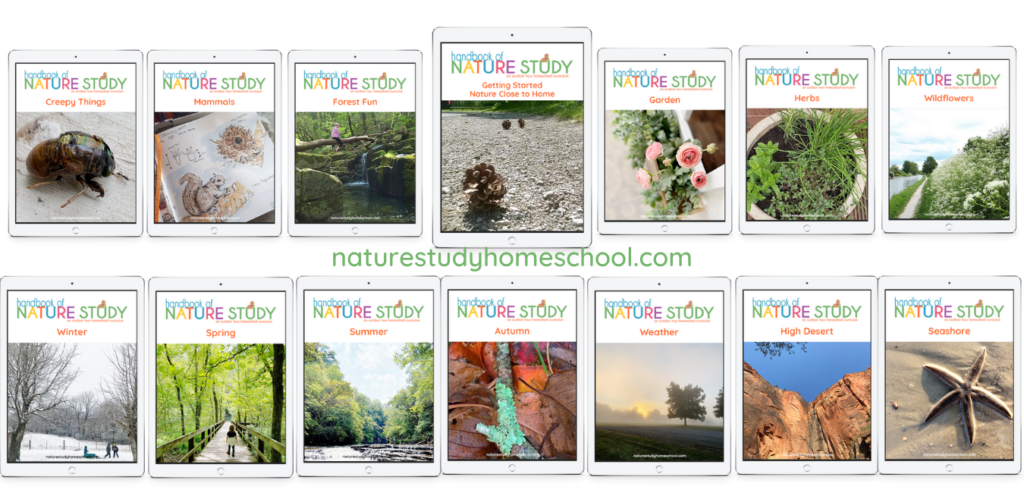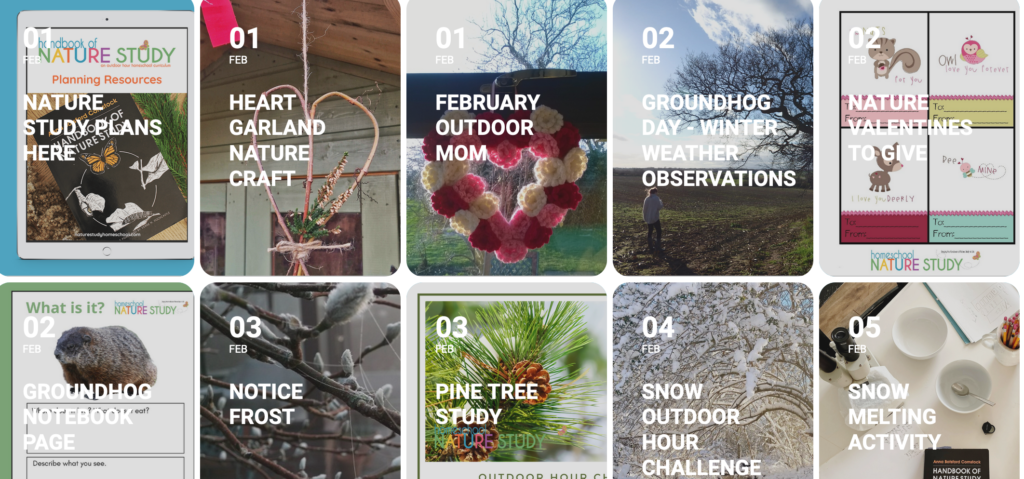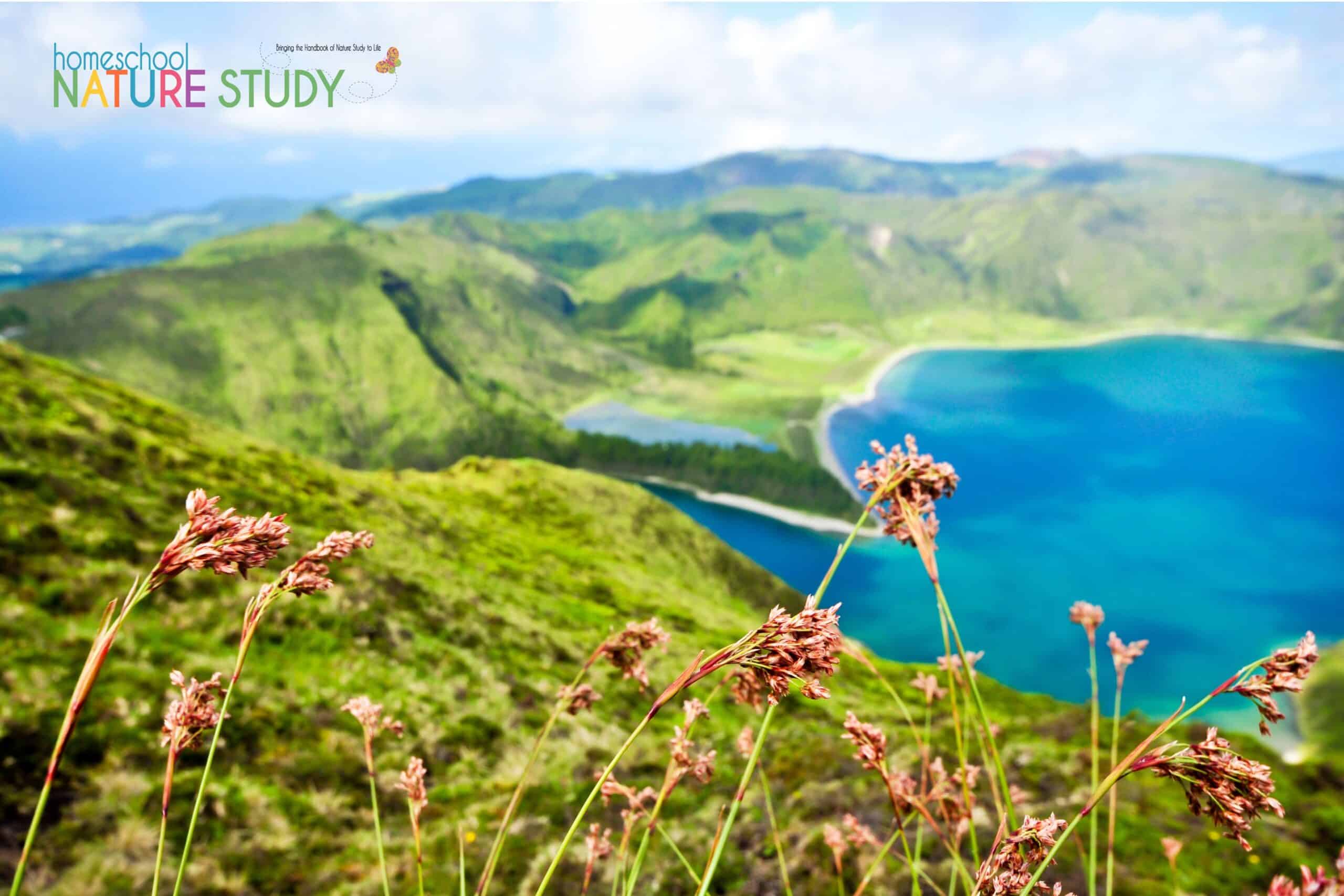
Learn about biomes and compare habitats. With these activities, notice animal and plant diversity and enjoy an in-depth study of our beautiful earth!
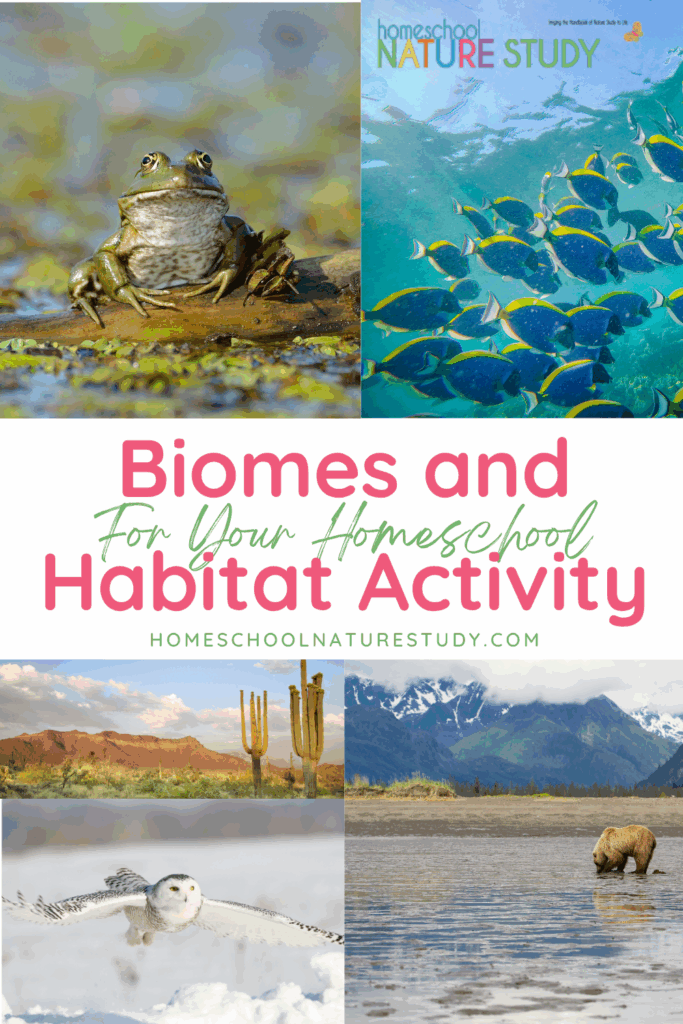
Learn About Biomes and Compare Habitats
We invite you to enjoy all of the various habitat studies and use the Outdoor Hour Challenges resources and curriculum for your studies. Learn about the forest floor, layers of the ocean, the desert, snow/tundra and more!
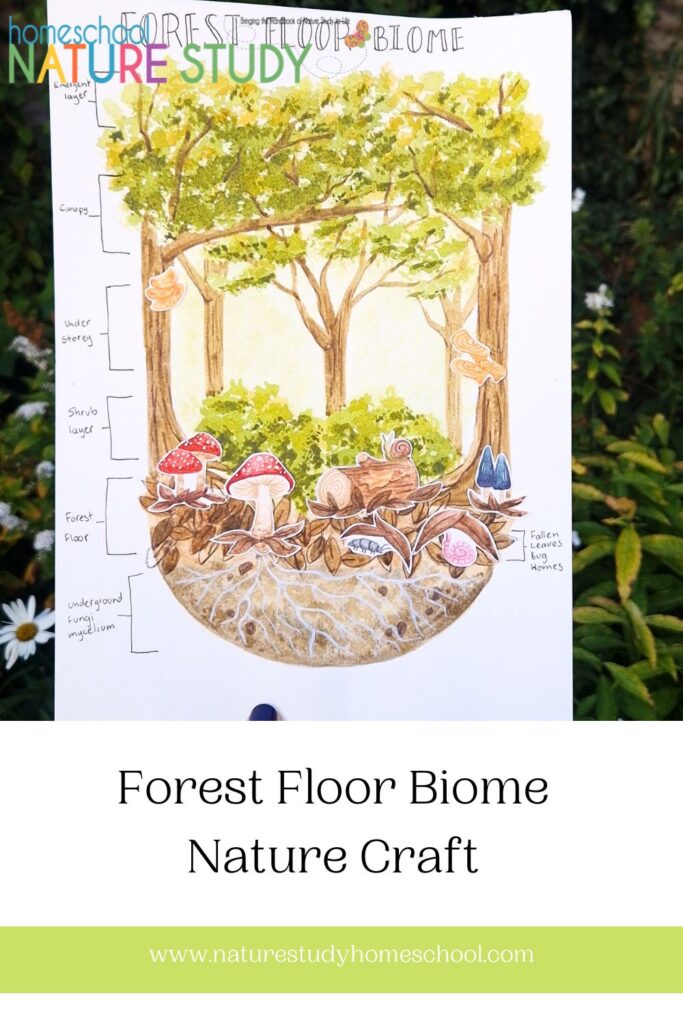
Explore a Forest Floor Biome
Autumn is on the horizon with the yellowing of leaves signalling chilly weather to come, so lets create this forest floor biome to celebrate. In this tutorial I will show you how to layer watercolours to create depth as well as texture using a stippling technique. So grab your paints, download the free printable I have created and let’s get crafting!
Go To: Forest Floor Fall Nature Studies
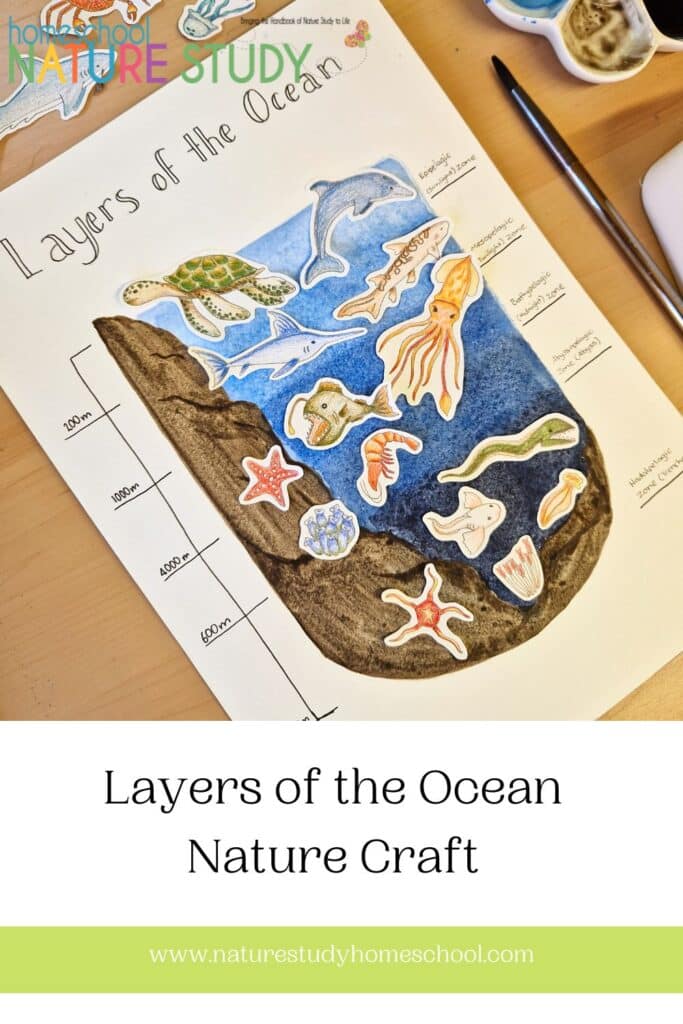
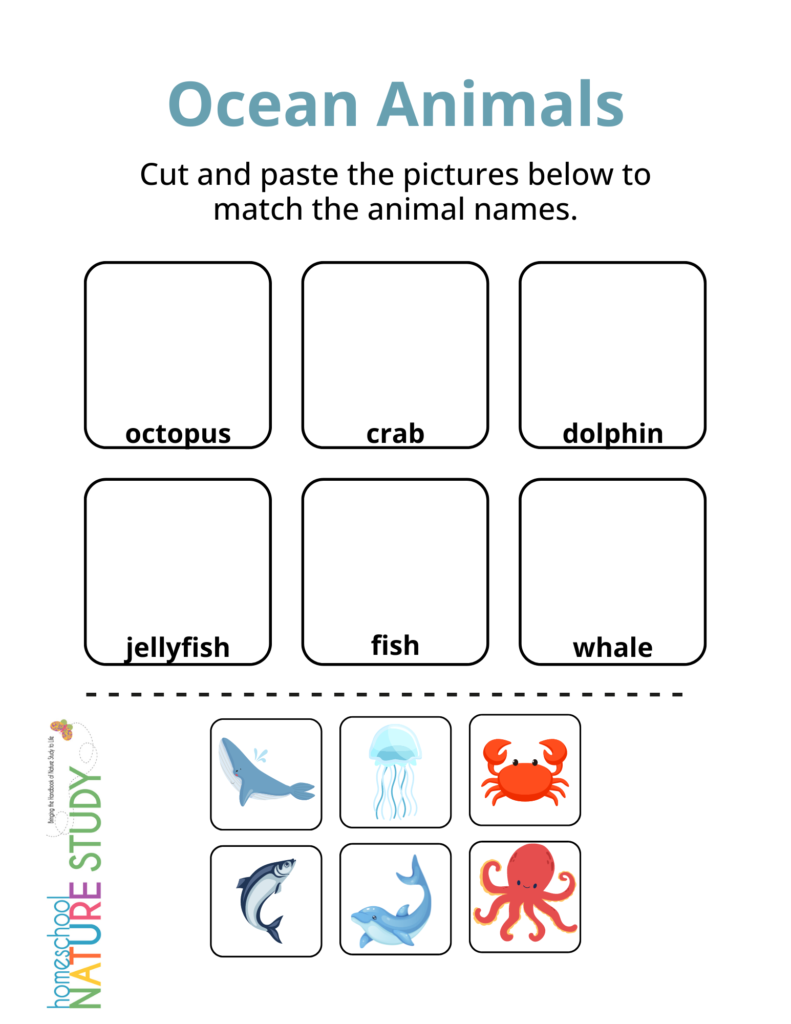
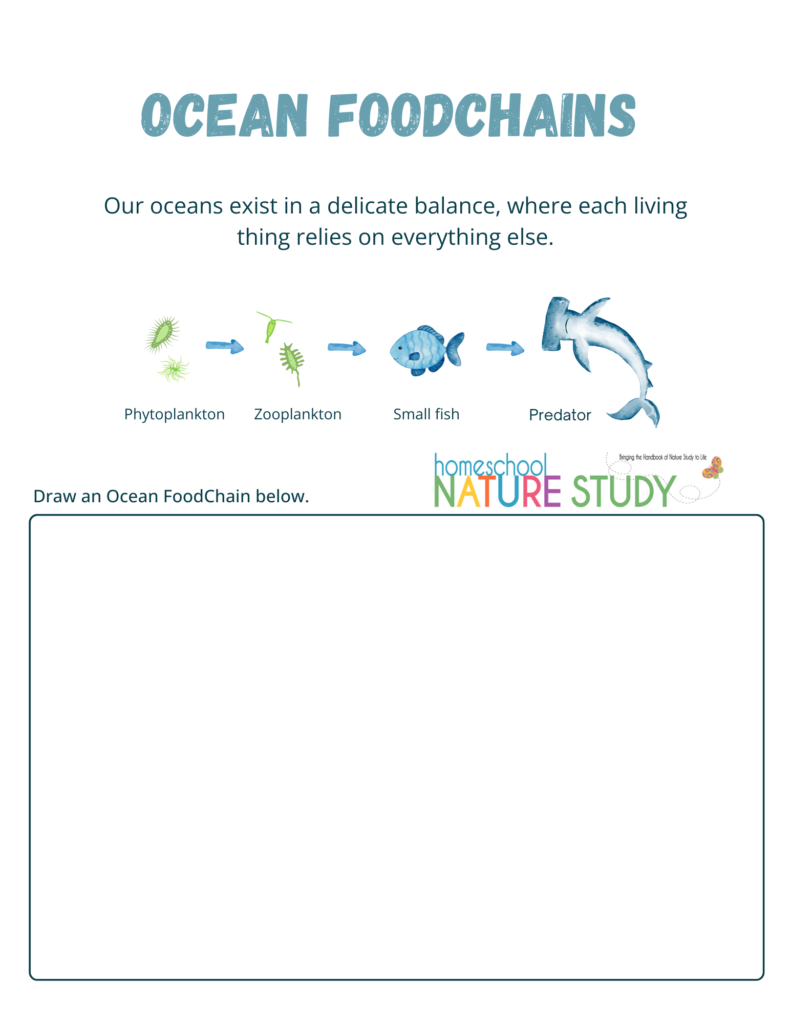
Layers of the Ocean Art Lesson – Learn About the Ocean Biome
With 5 different layers of the ocean home to many amazing creatures, a layers of the ocean diagram is the perfect study companion to create. I have created a little printable with the outlines for your diagrams. All you have to do is add colour. In this lesson I will teach you some great watercolour techniques so grab your paints and lets get crafting!
Go To: Seashore Activities and Learning About the Ocean
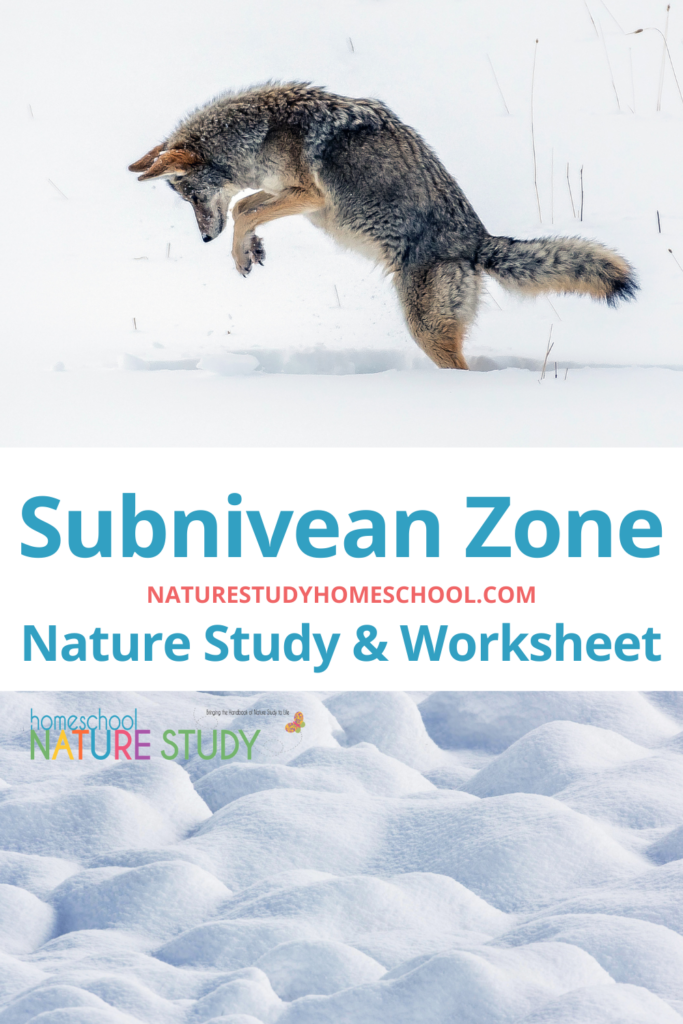
A Fascinating Subnivean Zone Habitat Study
Learn more about the interesting Subnivean Zone animals and predators with these facts and new member worksheet.
The Subnivean Zone is found in and under the snow pack. It’s the space that many creatures inhabit during the winter where the snow actually acts as an insulator from cold winter temperatures. Smaller mammals like mice, voles, pikas, and shrews live in the subnivean zone to escape the cold, wind, and predators.
The smaller mammals create a unique tunnel system to travel around, hunt, and gather food. However, predators like weasels, foxes, coyotes, owls, and wolves, use their amazing senses of smell, hearing, and sight to find these prey below the snow.
Go To: Subnivean Zone Winter Nature Study
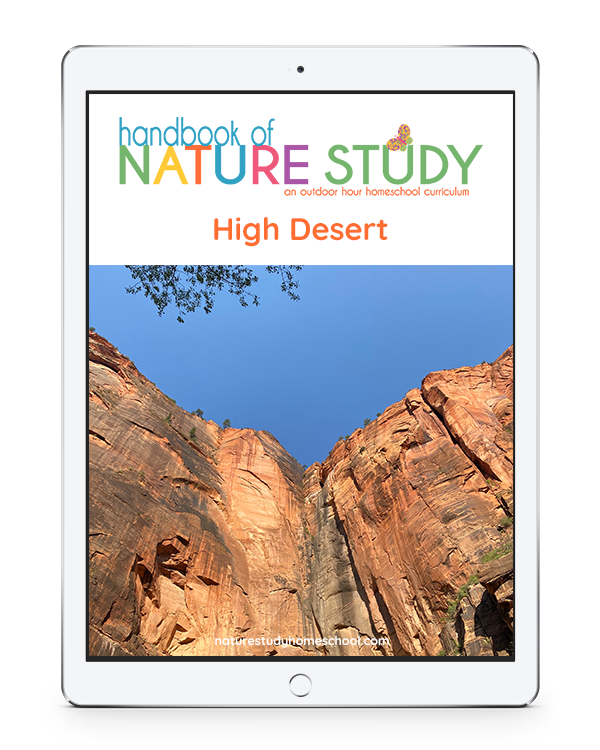
High Desert Outdoor Hour Challenge Curriculum
Remember that the yield of a hard country is a love deeper than a fat and easy land inspires, that throughout the arid West the Americans have found a secret treasure … a stern and desolate country, a high bare country, a country brimming with a beauty not to be found elsewhere.” —Bernard DeVoto 1943
“I am happy to share with you just a small snapshot of the diversity of life there is to be found in the High Desert. The topics in this ebook curriculum are some of my favorite nature study subjects from my own personal nature journal and experiences.
This habitat is home to over 350 species of plants and animals that depend on sagebrush for survival: mule deer, pronghorn, golden eagles, black tailed deer, and the spade footed toad to name just a few additional study ideas for continued study.
Start with the topics in this curriculum then keep going!” – Barb McCoy, Outdoor Hour Challenges founder
Our High Desert course is included in membership and gives you a deep dive into the animals, plants and the vast variety of this habitat. It also includes advanced studies options for high school students. Here are some topics included:
- Bitterbrush
- Sagebrush
- Greater sage
- Grouse
- Succulents
- Mountain Lion
- Coyote
- Pocket Gopher
- Bristlecone Pine
- Elk
- Turkey Vulture
- Juniper
- Snowberry
- Golden Mantled ground squirrel
- River Otter
Go To: America’s Prairies and Grasslands Study and Explore the High Desert Curriculum!
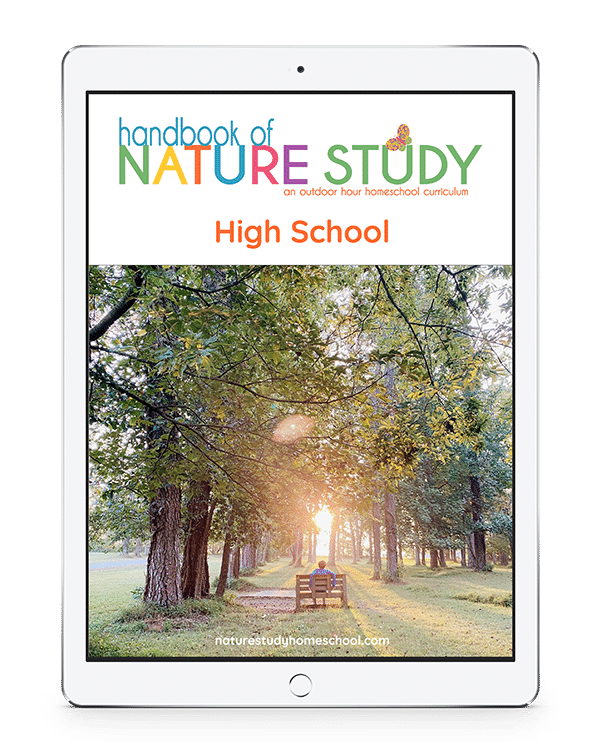
How To Study Biomes and Habitats with Teens
Included with this curriculum are advanced notebook pages and advanced follow-up suggestions. Each challenge will include ideas for older students to dig a little deeper and take a more focused look at each topic. The challenges will include notebook pages for the advanced students to use in their nature journals. Please feel free to skip the notebook pages and use any nature journal that you already have started.
You also may wish to download my free printable Nature Study: Three Steps to a Better Nature Study Experience. It will show you how to offer age appropriate nature study to all ages of children in your family. There are also tips and a free printable nature study rubric for advanced students. You can successfully continue nature study with your teenagers. They may need some encouragement to make the study their own by adjusting your subjects, your methods of follow-up, and your attitude towards what nature study should look like.

Wildlife Habitat Plan with 25 More Ideas – With Requirements For Certified Wildlife Habit!
Homeschool Nature Study Members can enjoy this Wildlife Habitat Plan (with Requirements for a Certified Wildlife Habitat!) with prompts for 25 more ideas for your backyard habitat!
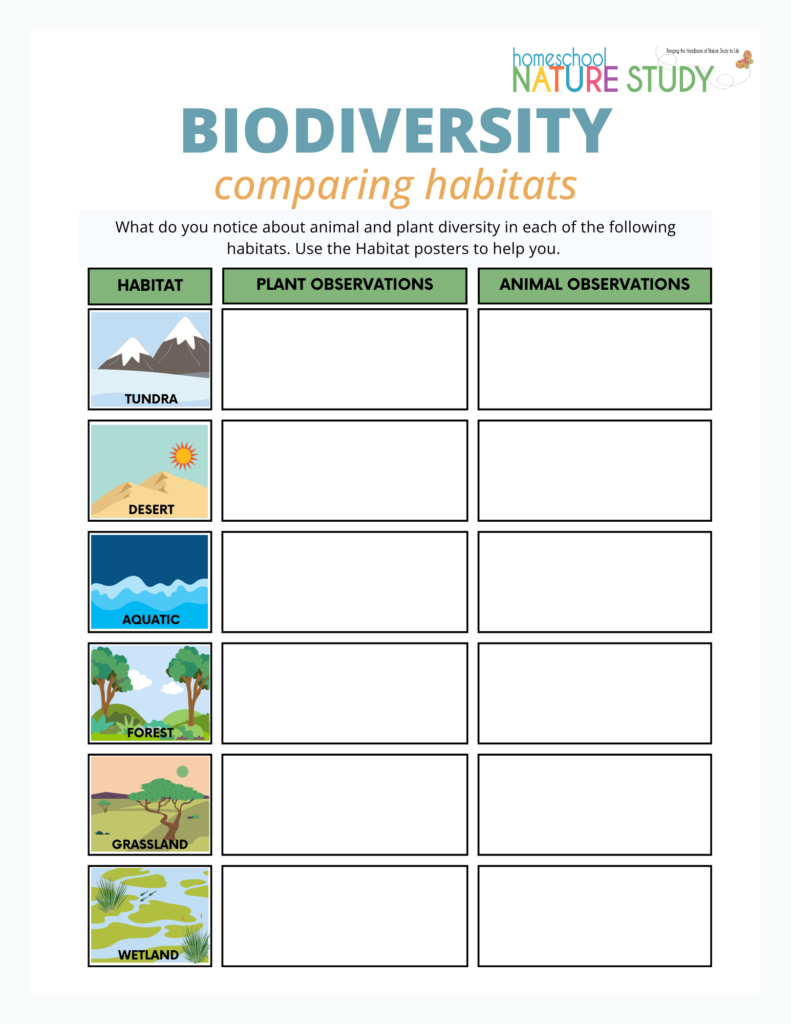
Members enjoy this wonderful Biodiversity: Comparing Habitats resource! So much to enjoy while learning about biomes and habitats.
More Biomes and Habitats Nature Studies to Enjoy
- How to Make Your Backyard a Natural Habitat for Wildlife – Here are some simple ways you can make your backyard a natural habitat for wildlife. You will love having the opportunity to have nature come to you in your very own backyard. Involve your whole family in the project and spend some time outdoors!
- 100+ Ideas to Use in Creating Your Backyard Habitat
- Homeschool Ocean Nature Study and Marine Biology Resources
- Rock Cycle Activities for Middle and High School
- Does Homeschool Nature Study Count as Science?
Homeschool Nature Study Membership for Year Round Support
Can you believe all of these homeschool resources you will find in membership? You will also find a continuing homeschool nature study series plus all the Outdoor Hour Challenges for nature study in our Homeschool Nature Study membership. There are 25+ continuing courses with matching Outdoor Hour curriculum that will bring the Handbook of Nature Study to life in your homeschool! In addition, there is an interactive monthly calendar with daily nature study prompt – all at your fingertips!
We have quite a few new participants in the Outdoor Hour Challenges so I want to give a big welcome to everyone!
Be inspired. Be encouraged. Get outdoors!

Tricia and her family fell in love with the Handbook of Nature Study and the accompanying Outdoor Hour Challenges early in their homeschooling. The simplicity and ease of the weekly outdoor hour challenges brought joy to their homeschool and opened their eyes to the world right out their own back door! She shares the art and heart of homeschooling at You ARE an ARTiST and Your Best Homeschool plus her favorite curricula at The Curriculum Choice. She and her husband, Steve, are also publishers of Unit Studies by Amanda Bennett.

